In interior design, there are 7 key fundamental elements of design. To create a strong, dynamic visual layout these pieces of work are combines together and applied successfully. These elements are essential in enhancing the look and feel of the room and also in increasing the functionality.
So, what exactly are the 7 elements of interior design?
- Light
- Line
- Space
- Form
- Color
- Texture
- Pattern
These blend together with principles of interior design and act as a base to creating a stunning space.

1. Light
Light is an extremely important element of interior design and the basic aspect of any place, whether it is a commercial or residential space. Lighting can change the texture, lines, and color so it is critical to keep in mind. If you set it right, the visual effects of the other elements will become up to the fore making your spaces truly beautiful and feel like a wonderful visual treat.
2. Space
No plan or design would work if you do not have a proper space. To ensure that you make the most out of interior design, making the best use of the available space is the key.
In interior design there are two types of space:
- Positive space – include the space where all the objects, the appliances, the furniture, and everything else in the house lies.
- Negative space – is the vacant empty spaces in your living space which also includes the empty space between the objects in your positive side.
Maintaining a balance between the two is important. You don’t want overcrowding or an excess of furniture and decor items. Interior designers also take into consideration the size and scale of various other objects and furniture and how they will compliment the space and add dimension. No matter what style you choose (i.e. Rustic, Minimalist, Nordic, Farmhouse, etc…) you choose, striking the right balance will ensure that you are making the best use of your space.
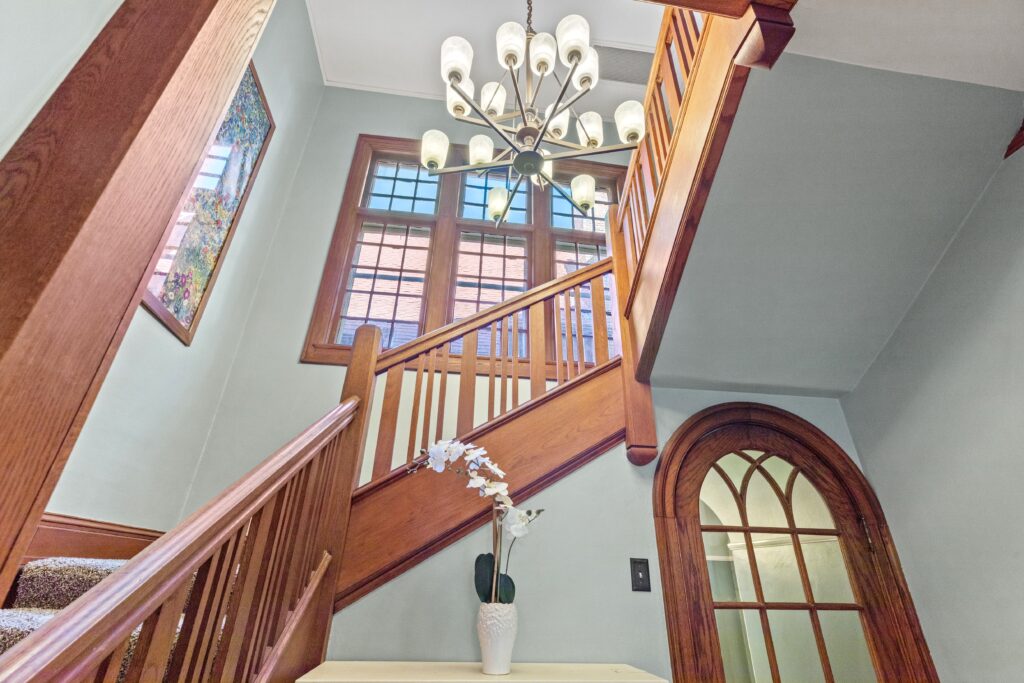
3. Line
The use of lines in interior design helps guide the eye throughout the space. Lines are broadly categorized into three types Horizontal, Vertical and Dynamic.
- Horizontal line structures – can include tables, chairs, and beds
- Vertical lines are structured as windows, doorways, and admirals. At a functional level, these vertical lines lend an illusion of making the room look taller.
- Dynamic lines are also commonly used in our interior. These comprise of lines of all kinds be it diagonal, curved, or zigzag.
An interior designer knows how to utilize these lines to define the forms, another important interior design element.
4. Forms
Form is simply the shape of your room as well as the objects that fill the room. Take some time to think about the proportions of the room in comparison to the scale of what you are adding to make sure things don’t overwhelm the space, nor get lost. Using similar forms in a room can bring harmony, but using too many different forms or shapes can result in an unbalanced effect. Forms can be categorized into natural and man-made, and open or closed forms (whether you can see into the shape).

5. Color
Though color schemes and choice of colors for your rooms will depend more or less on you, the activity level in those rooms, and more.
One way is to take a look at what common colors you have in your inventory of decor and decide from that. If you are starting from scratch we suggest you pick your favorite color or one that makes you feel at home. Lastly, one very important thing to keep in mind is to not overdo the color. You don’t want the entire space turning into one color. We recommend starting small and gradually adding pieces to your design. Some examples would include a pillow or a piece of artwork, then add to that.
6. Texture
Use different materials for curtains, sofas, cushions to create a multi-textured harmony. To achieve the best results with texture, bind the scheme for a uniform look throughout the house. Texture can refer to many different materials like leather, fur, wool, felt silk, cotton, sheer, wood, mirror, marble, metal, concrete, paper, or glass. All these materials have a different texture, and you can combine them for the best results.
7. Pattern
A pattern is created when forms, lines, or design elements are intentionally repeated, making them pop up on fabric or wallpaper. Patterns can add life and motion, but too many can quickly turn into a busy chaotic mess.

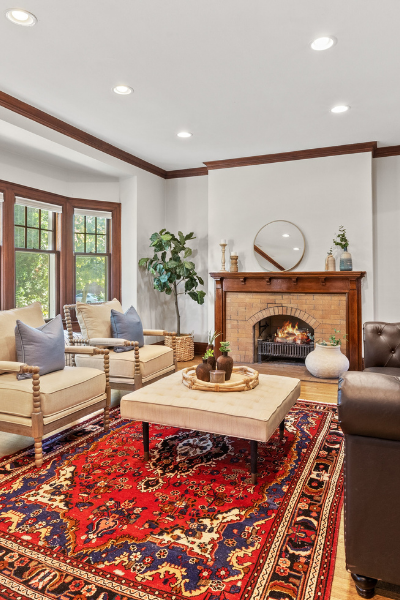
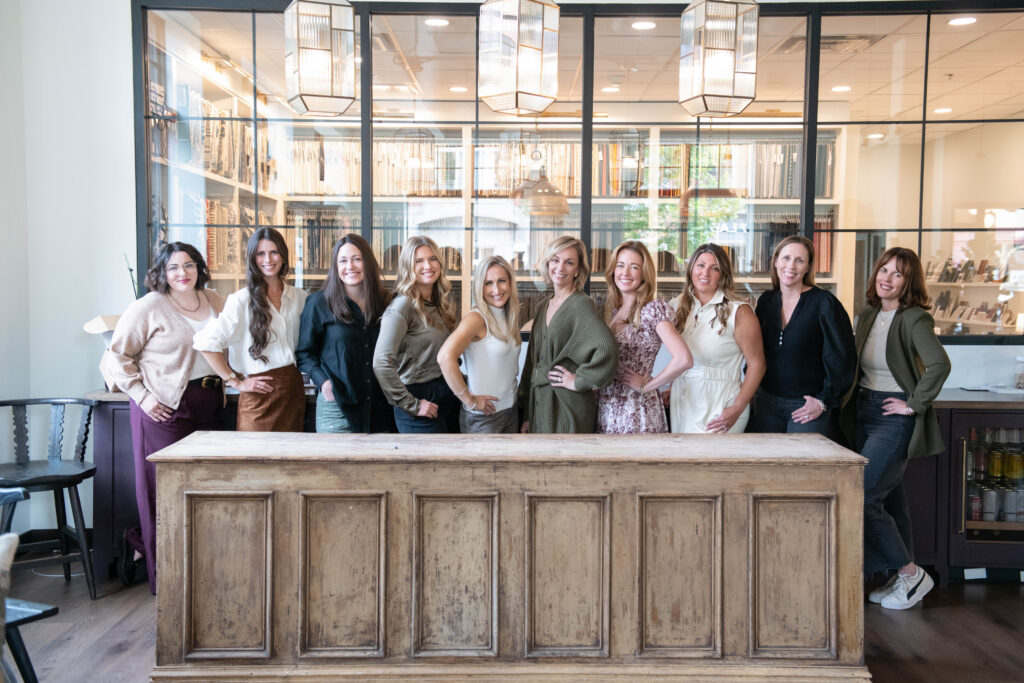



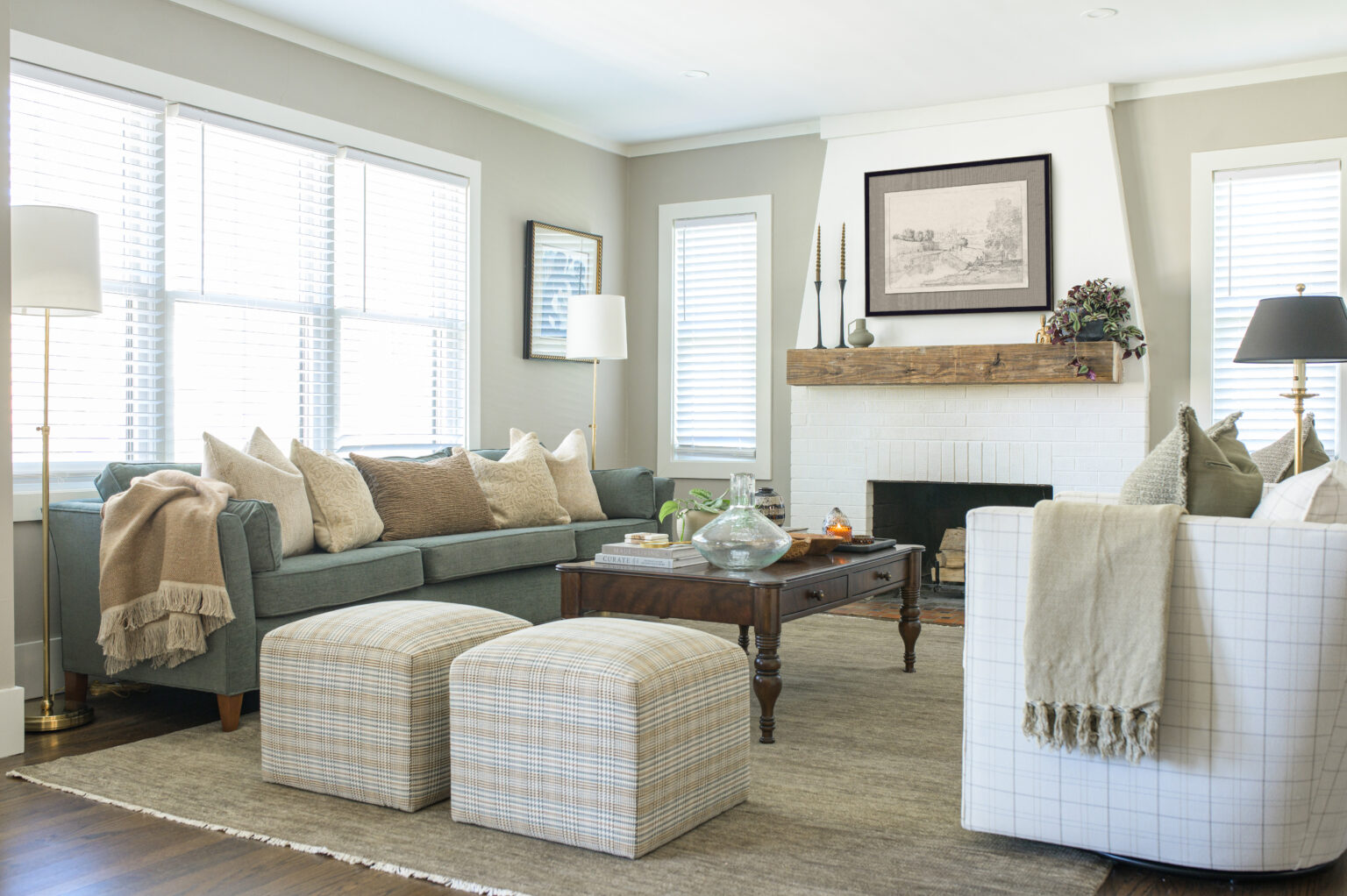

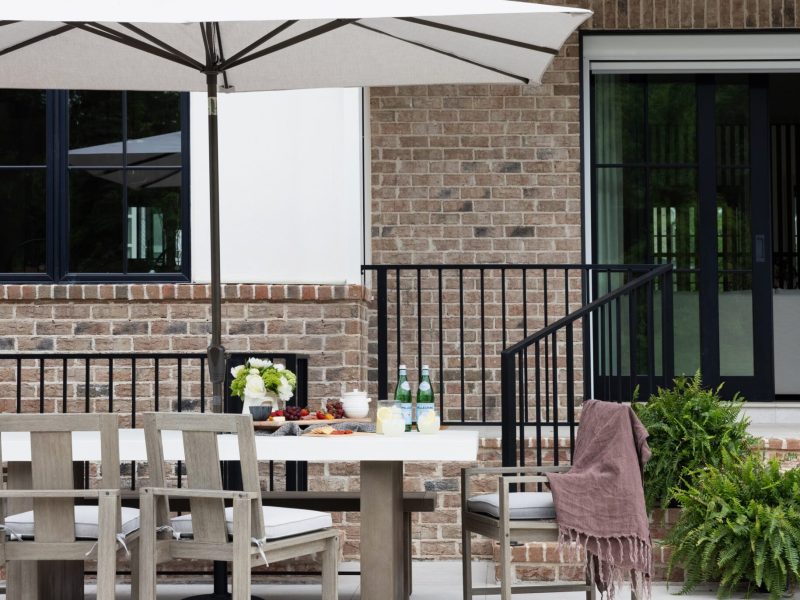
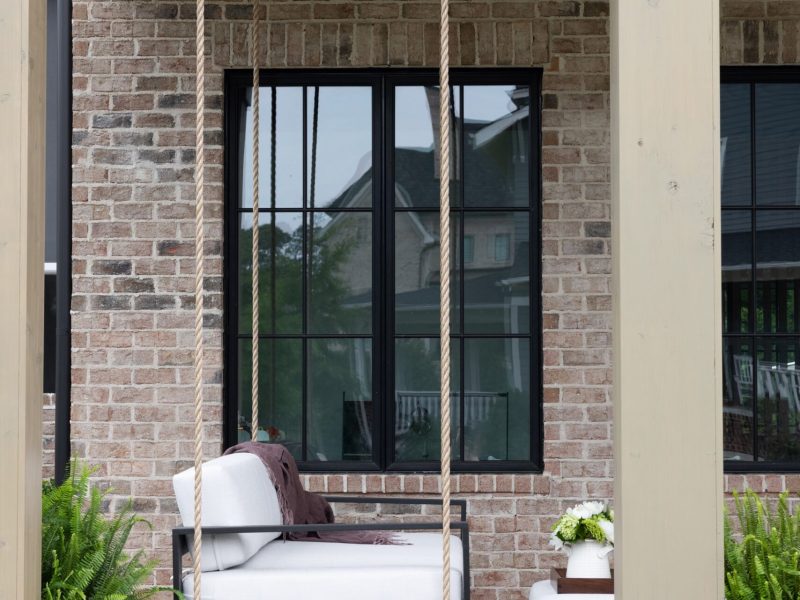


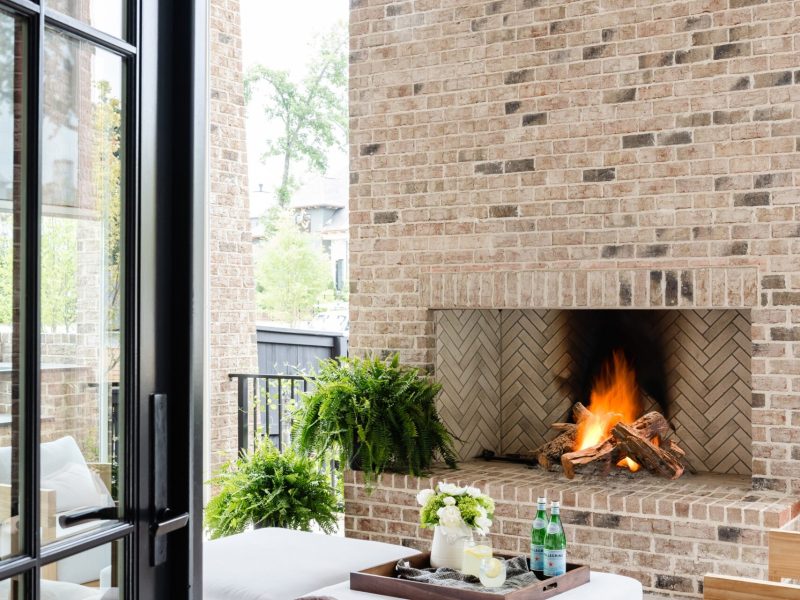

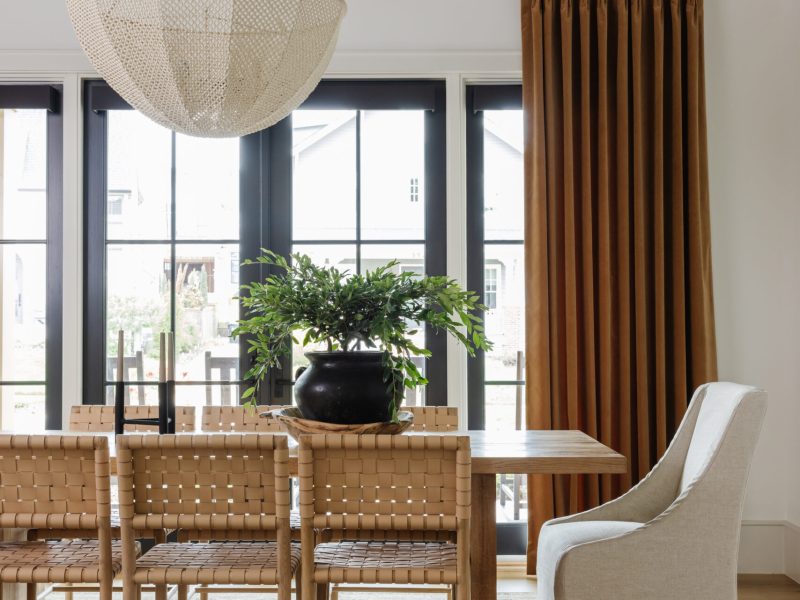
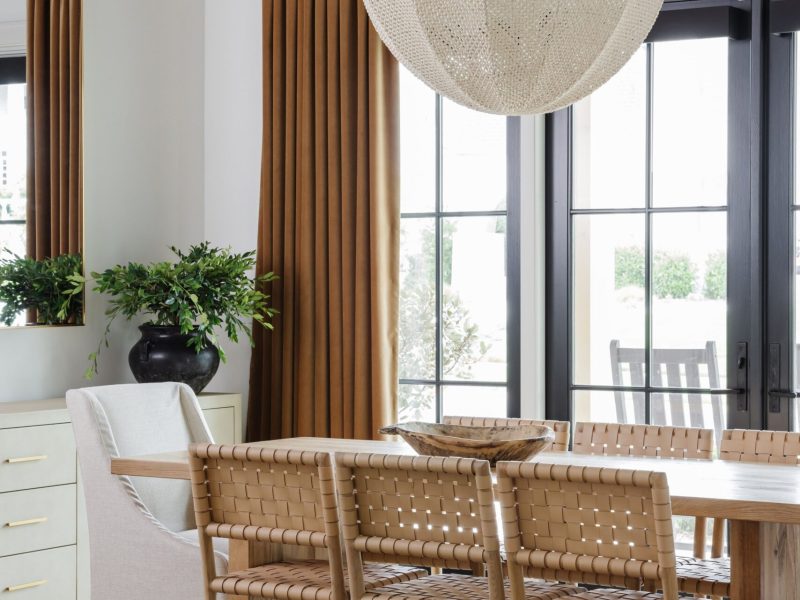
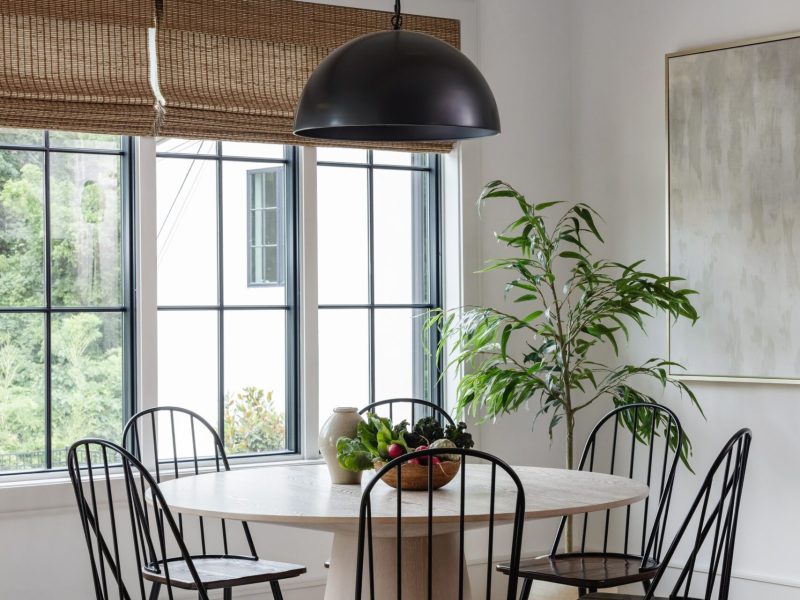
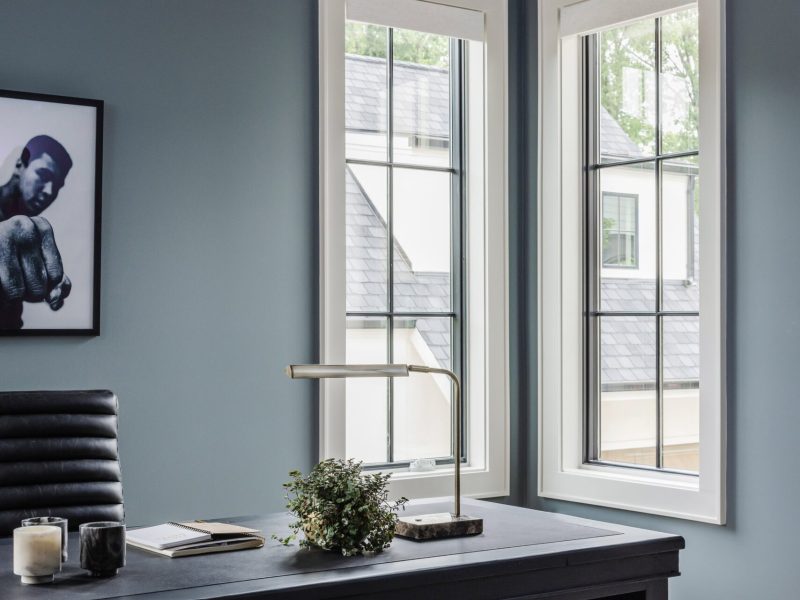
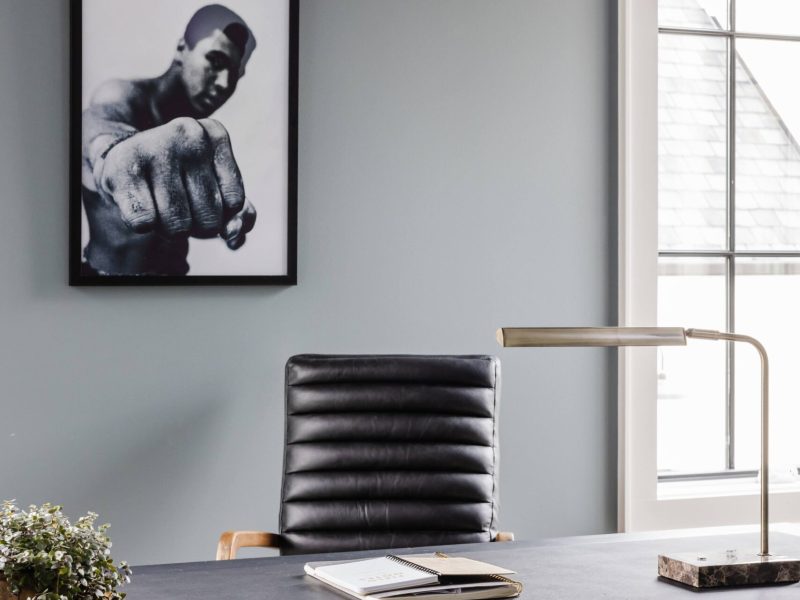

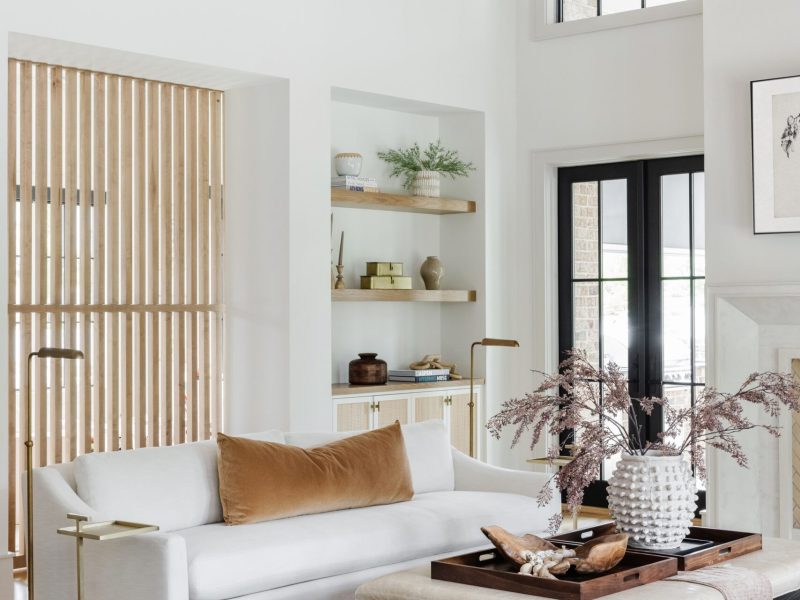


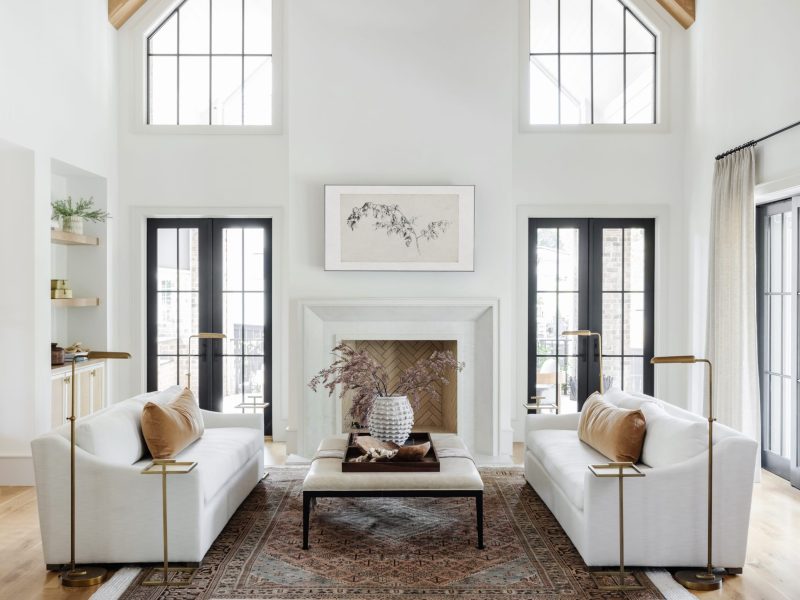
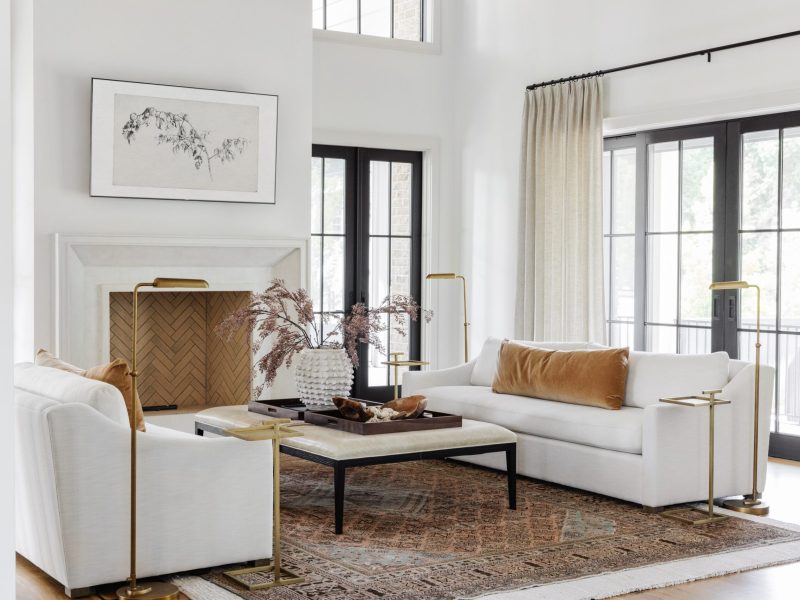


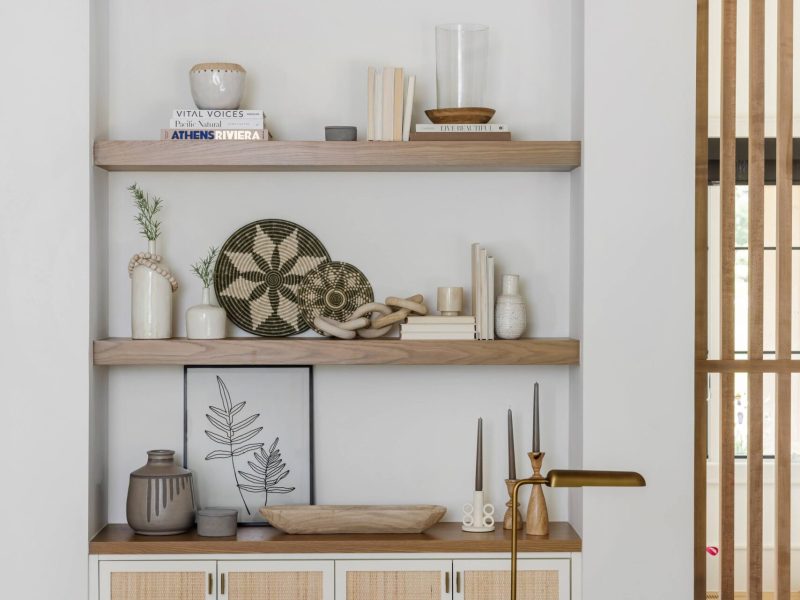
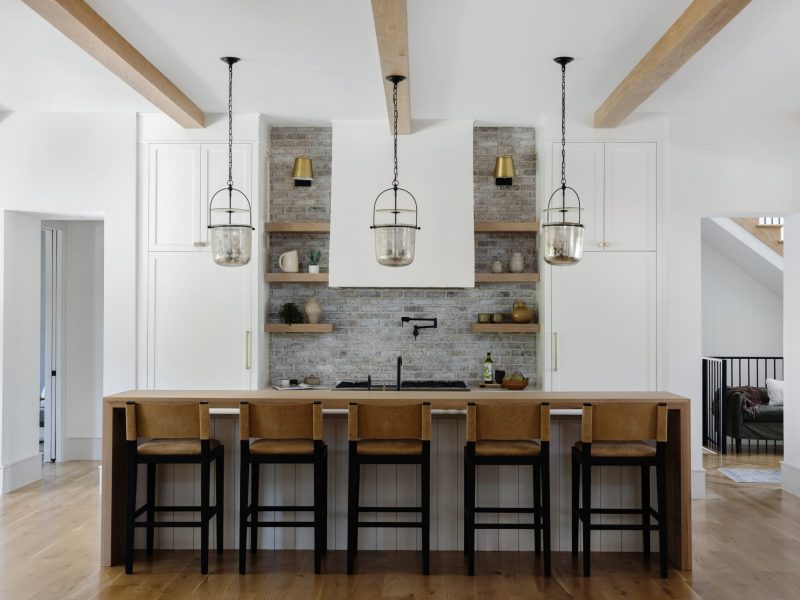
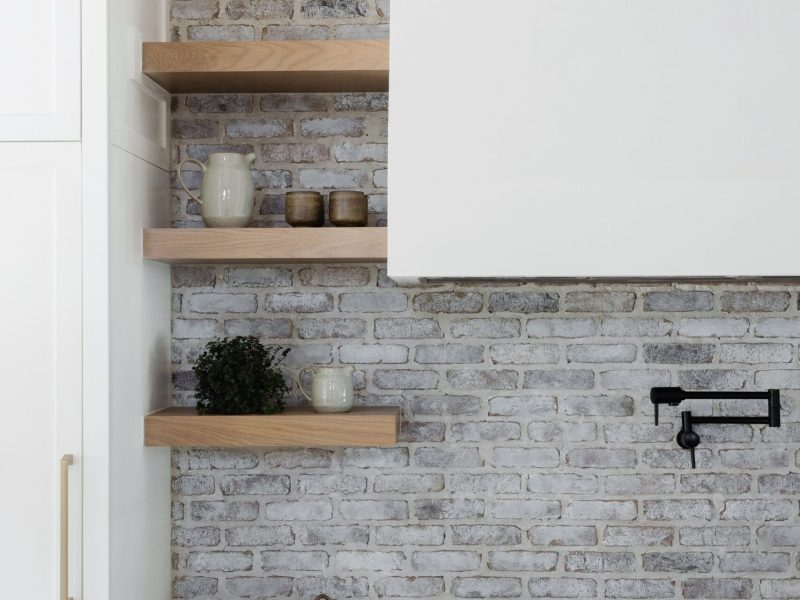
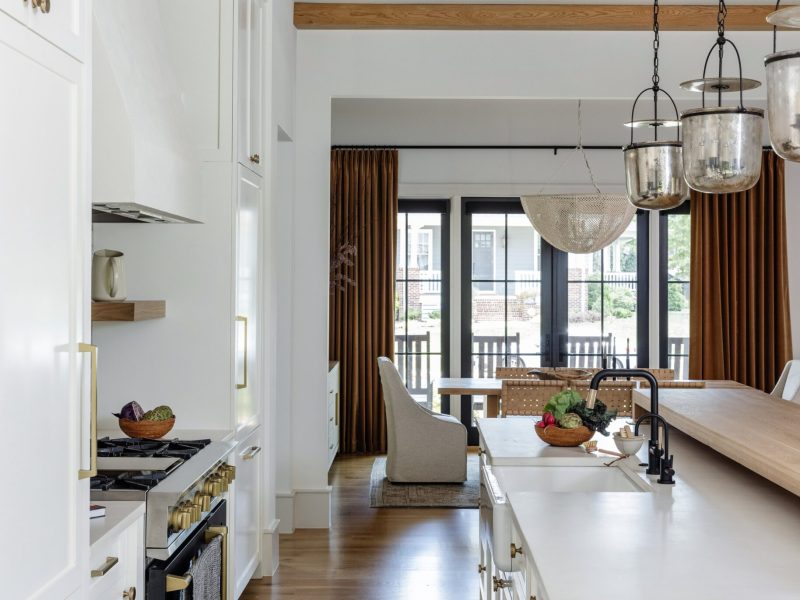

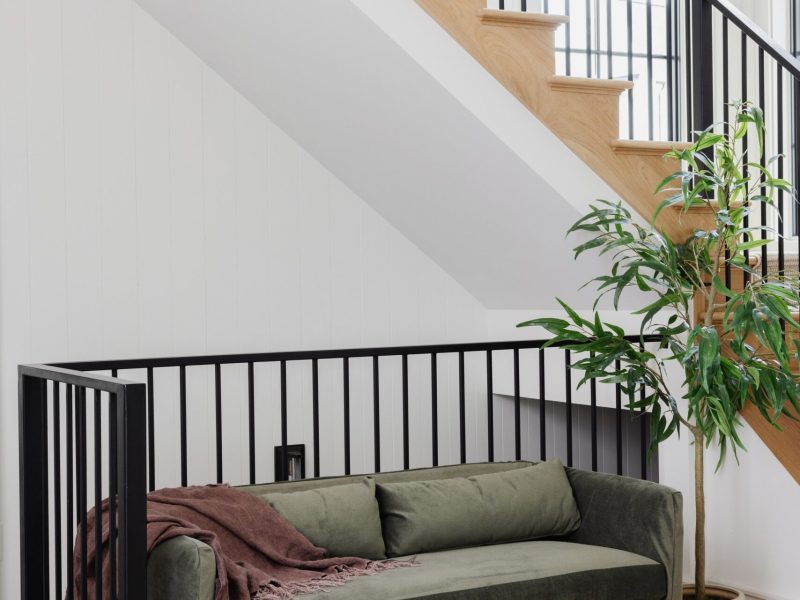




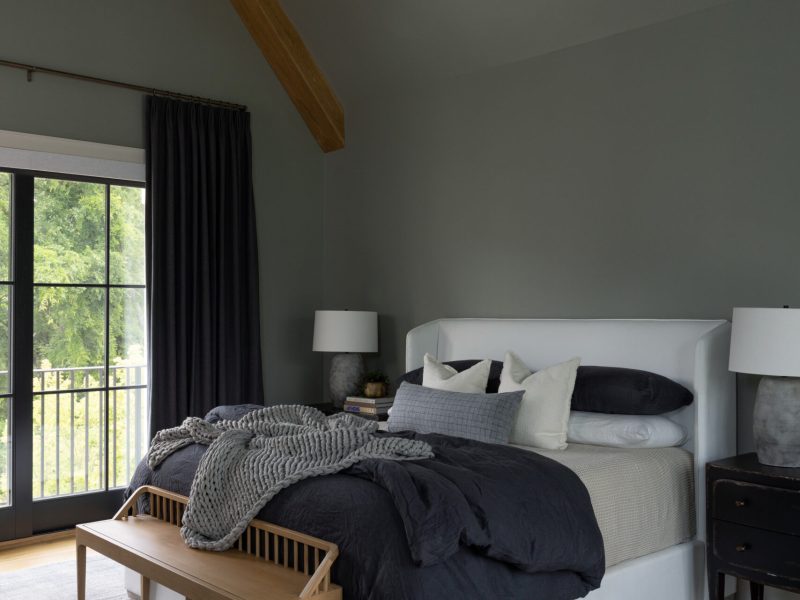




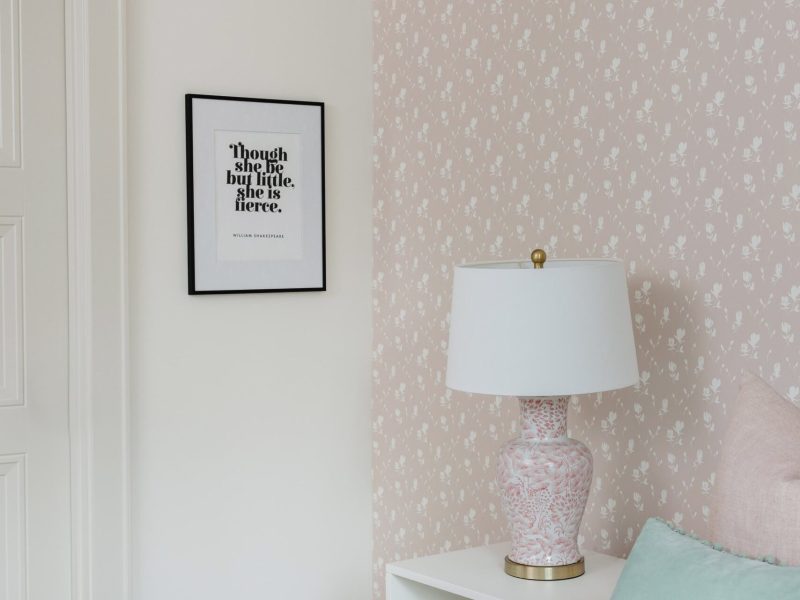

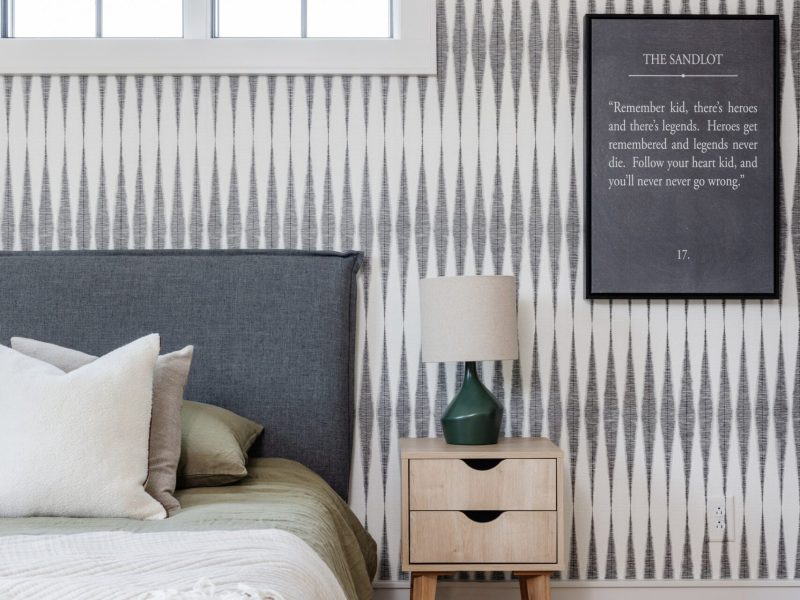

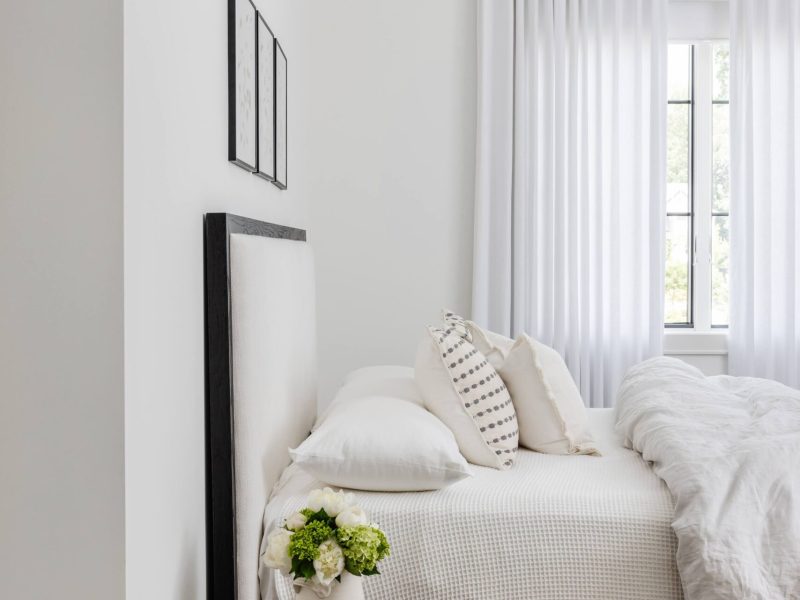
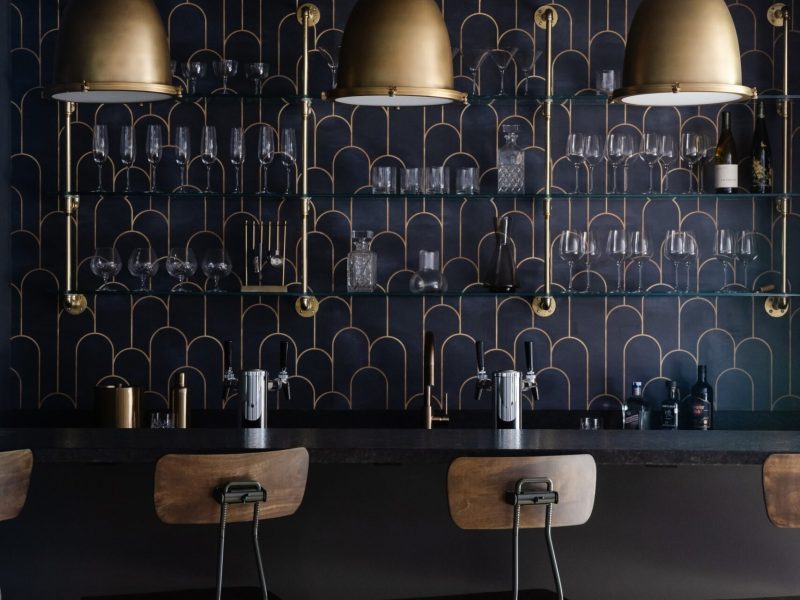
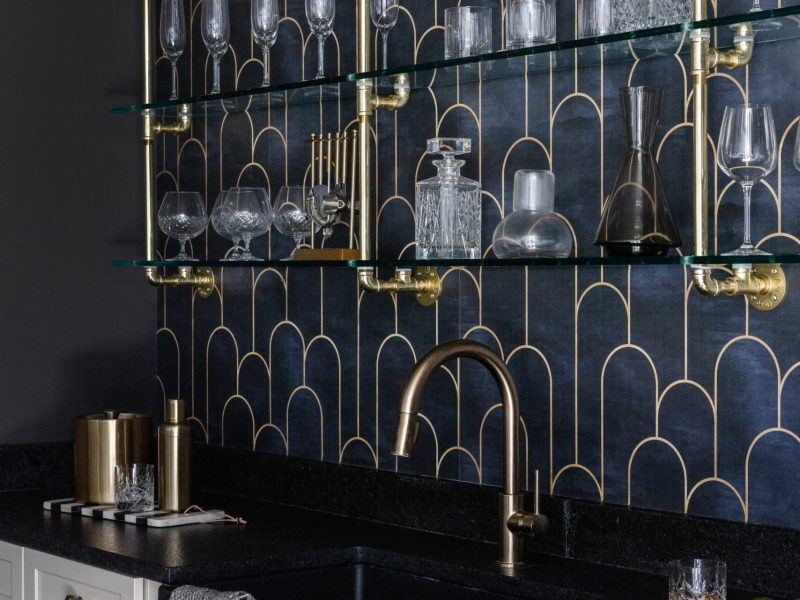



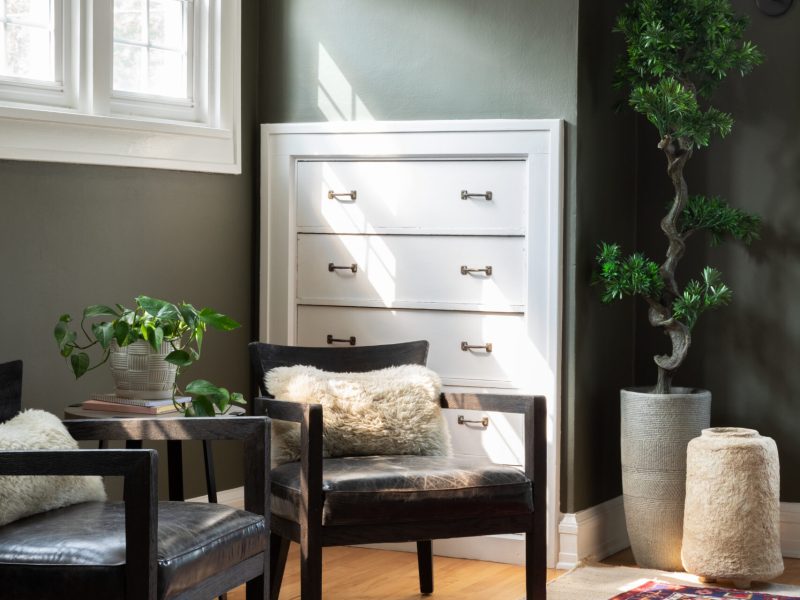

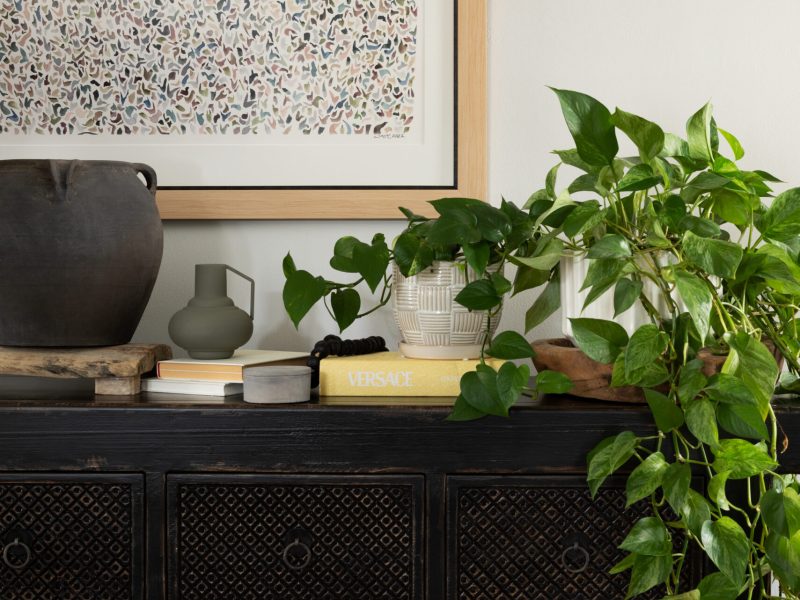
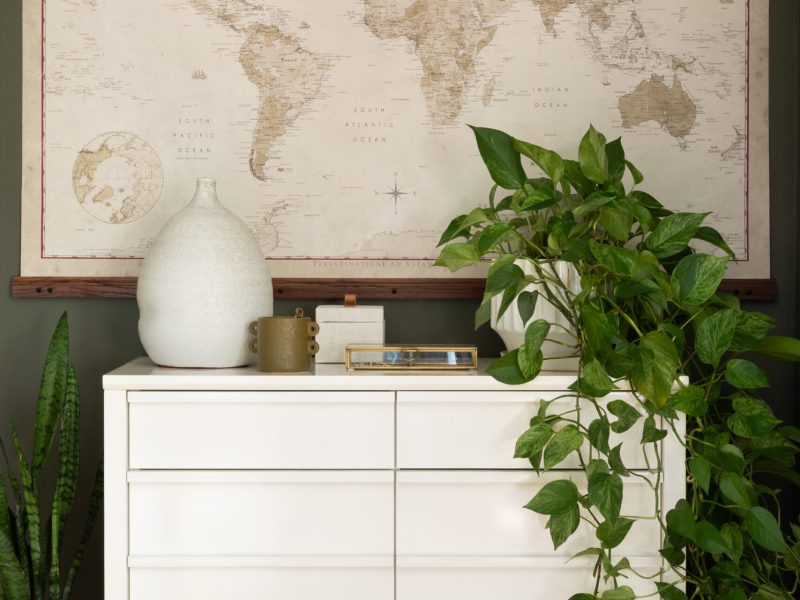

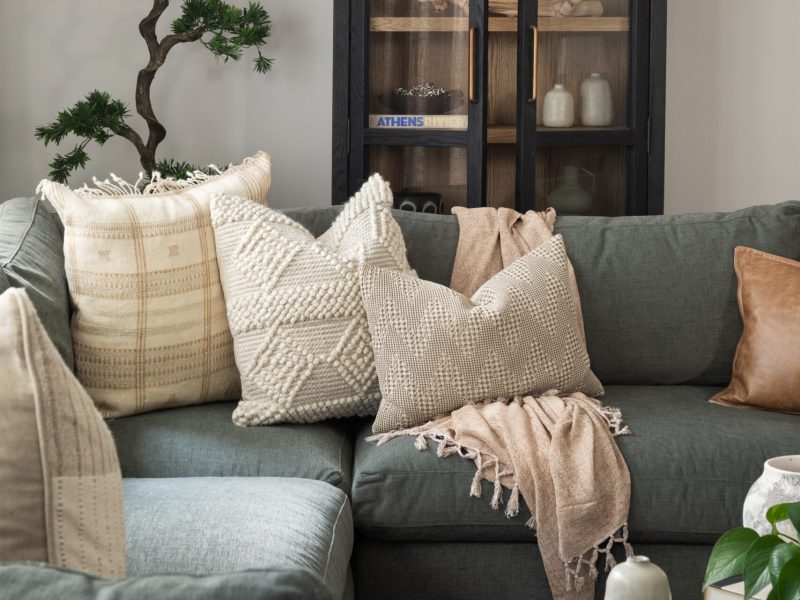


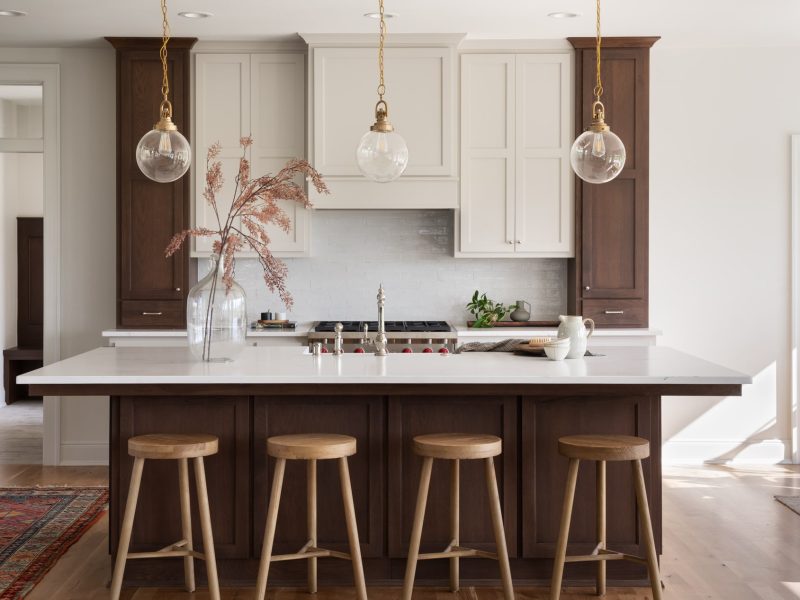

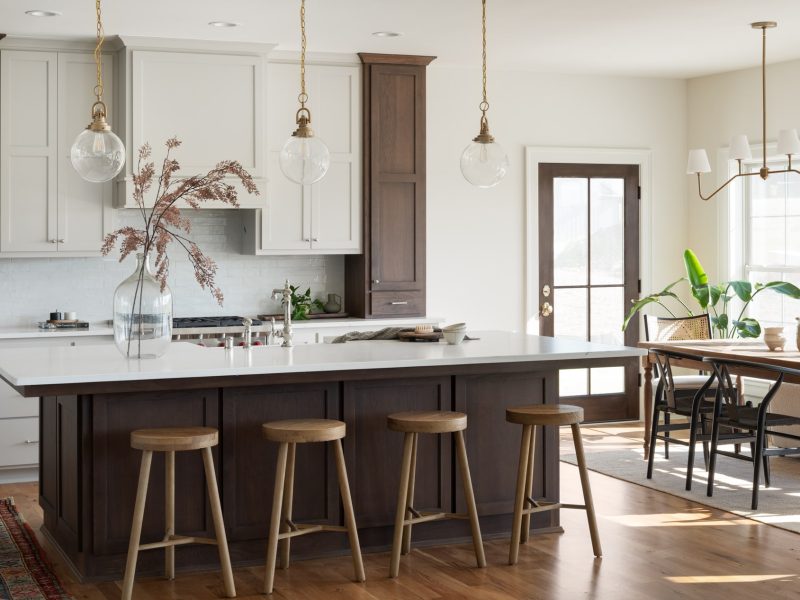



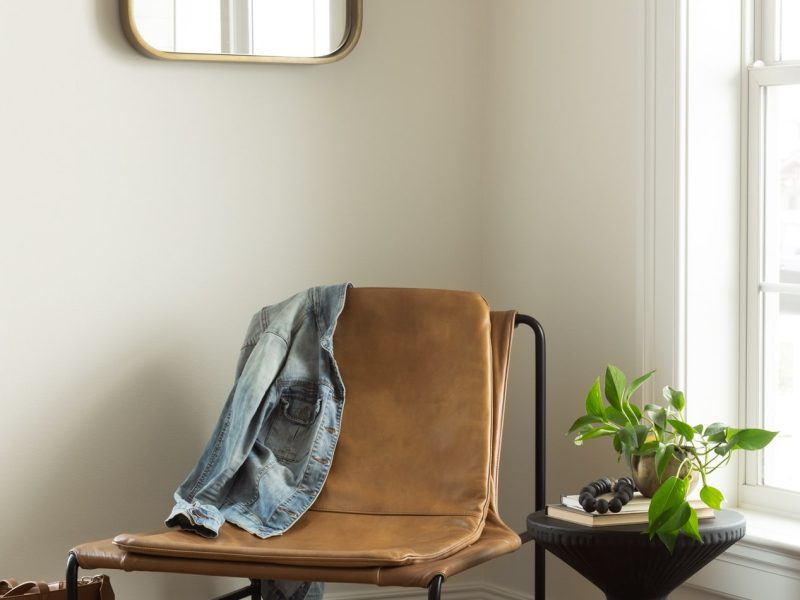
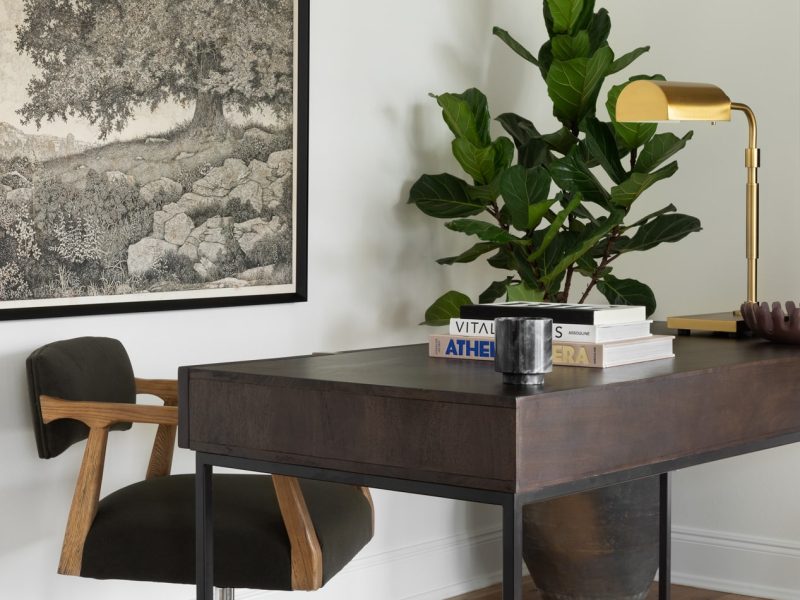


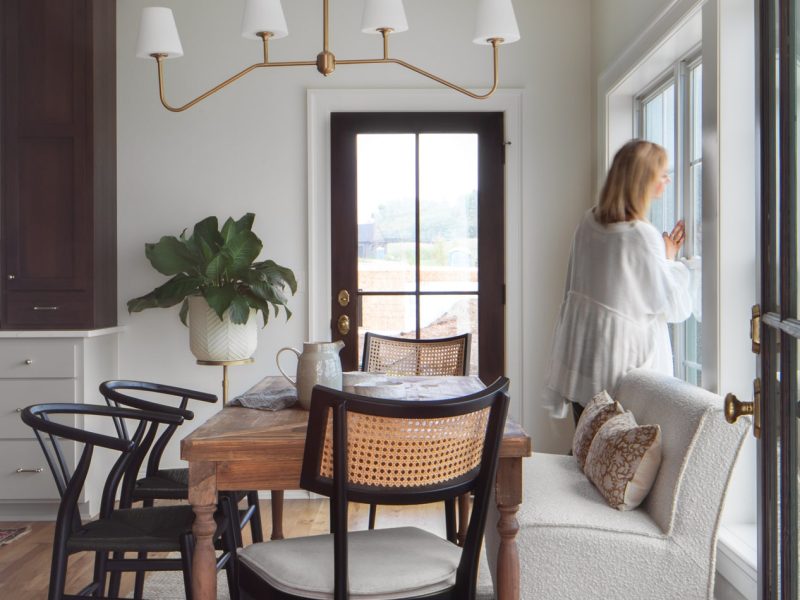
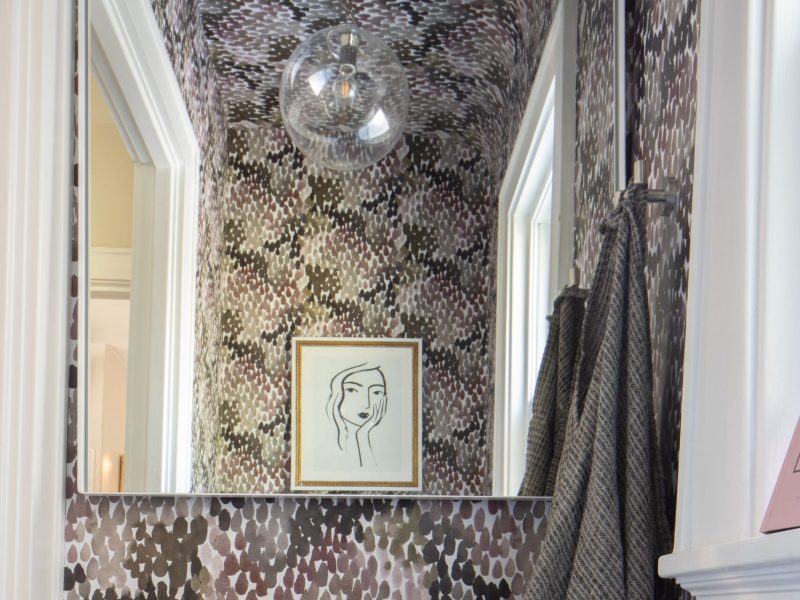

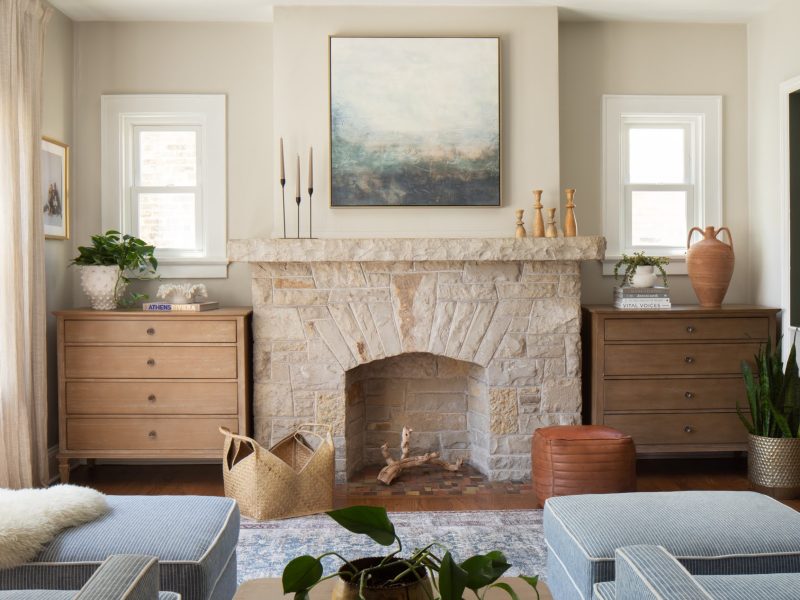



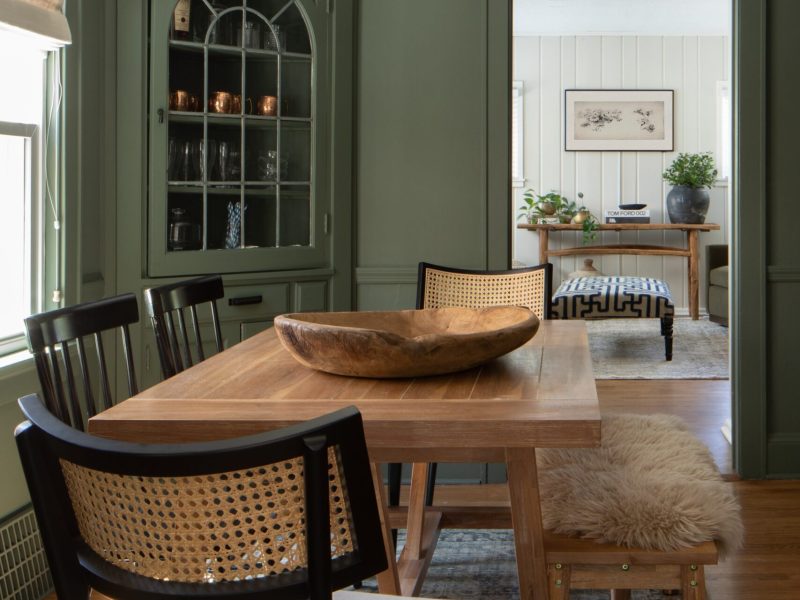

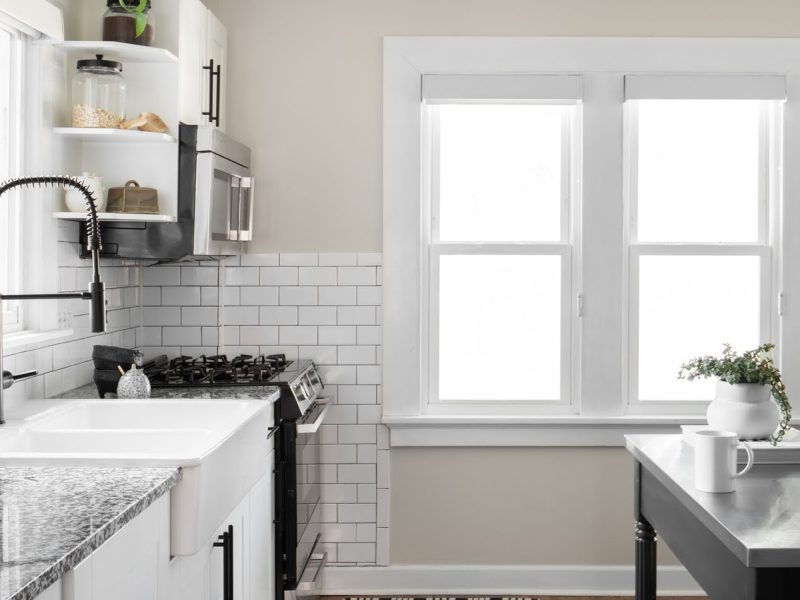
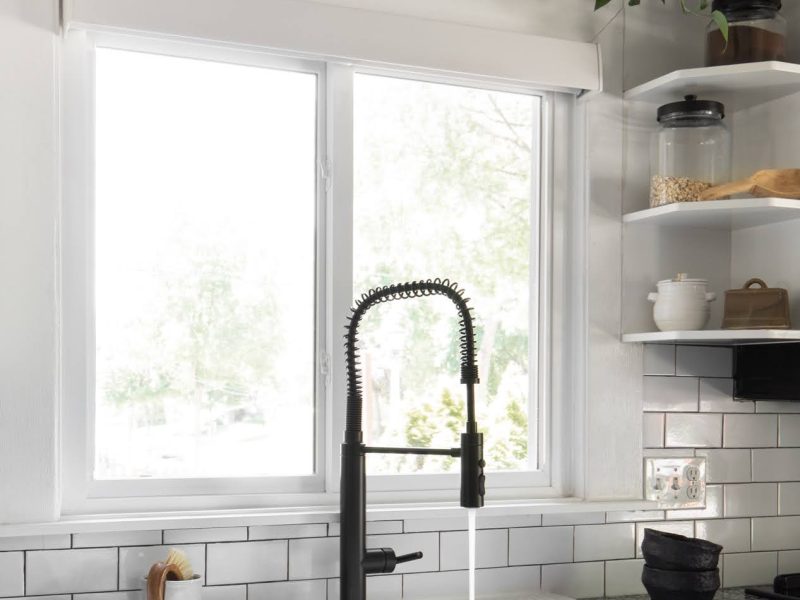




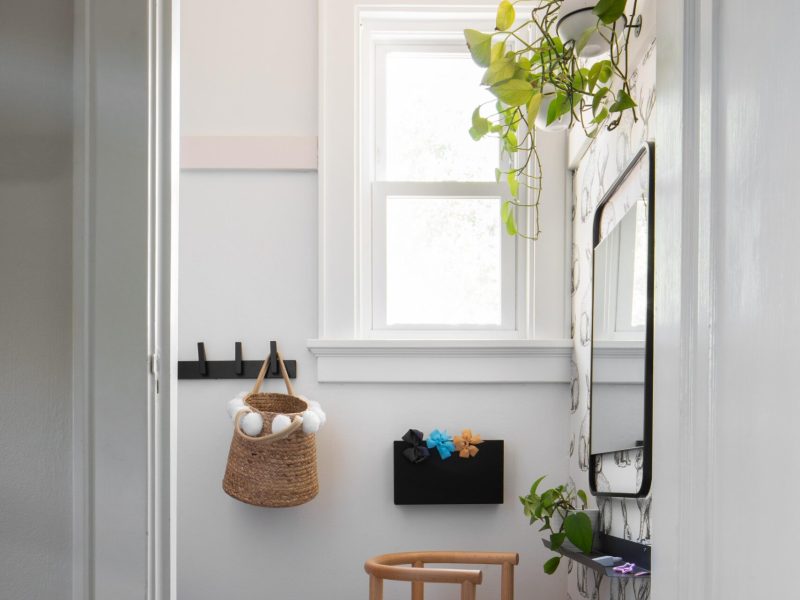

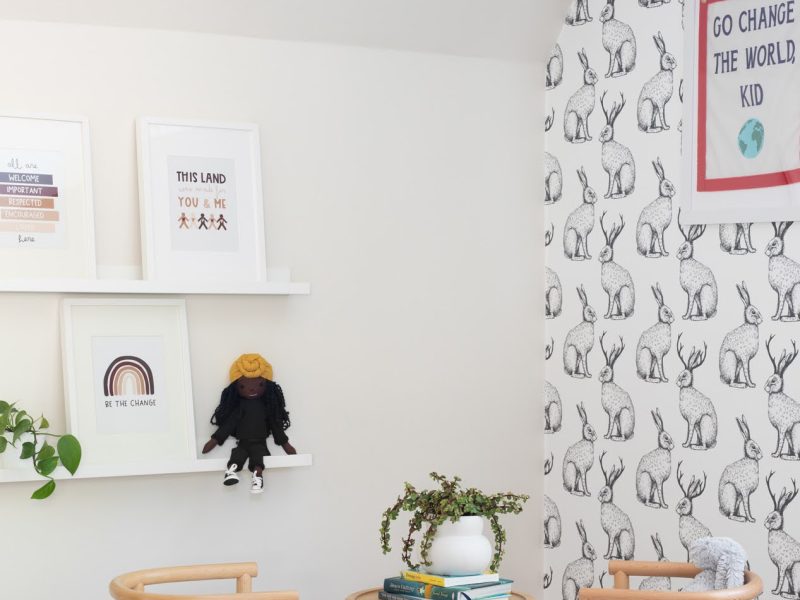
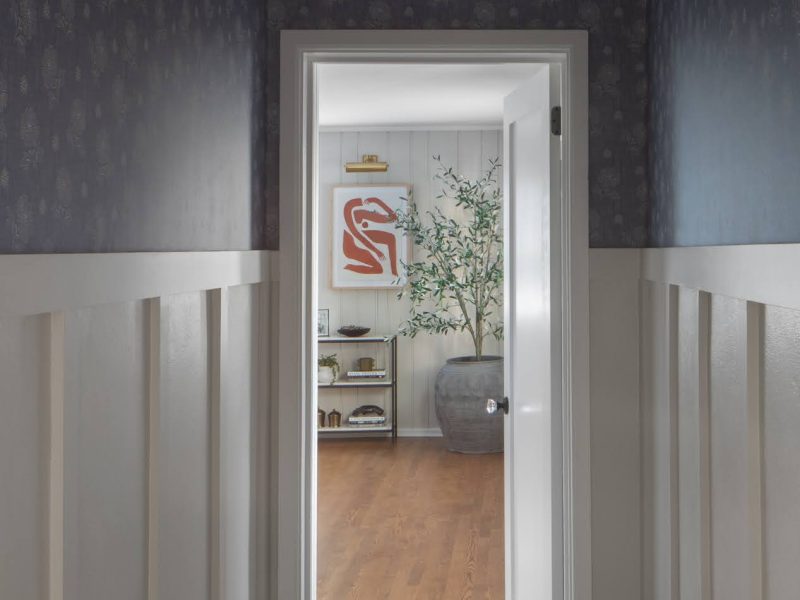





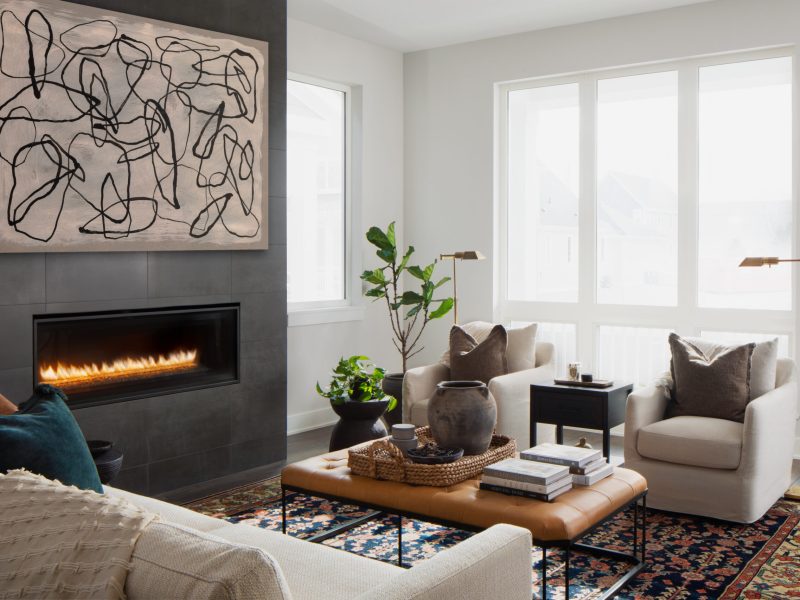



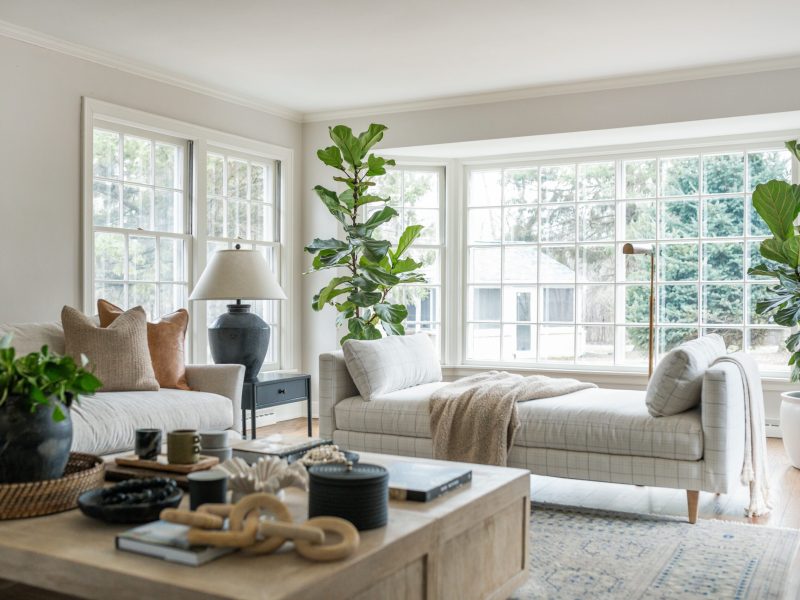




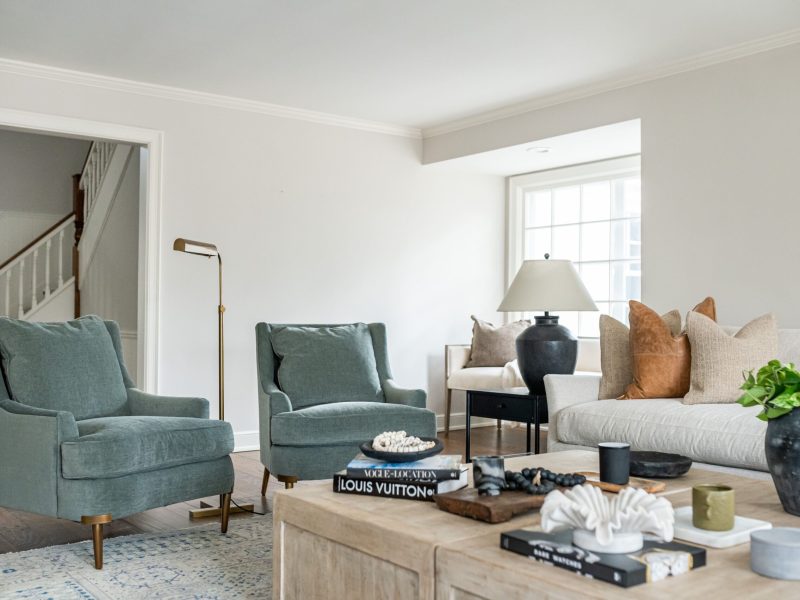


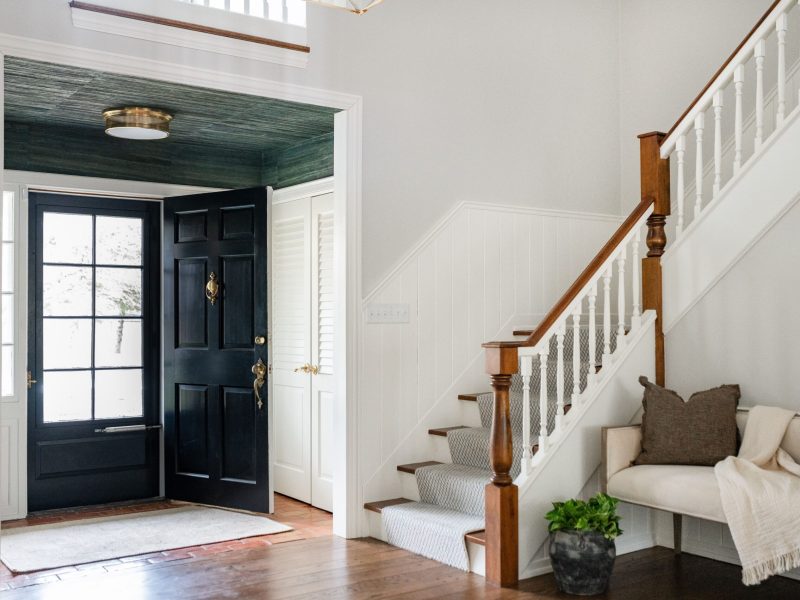
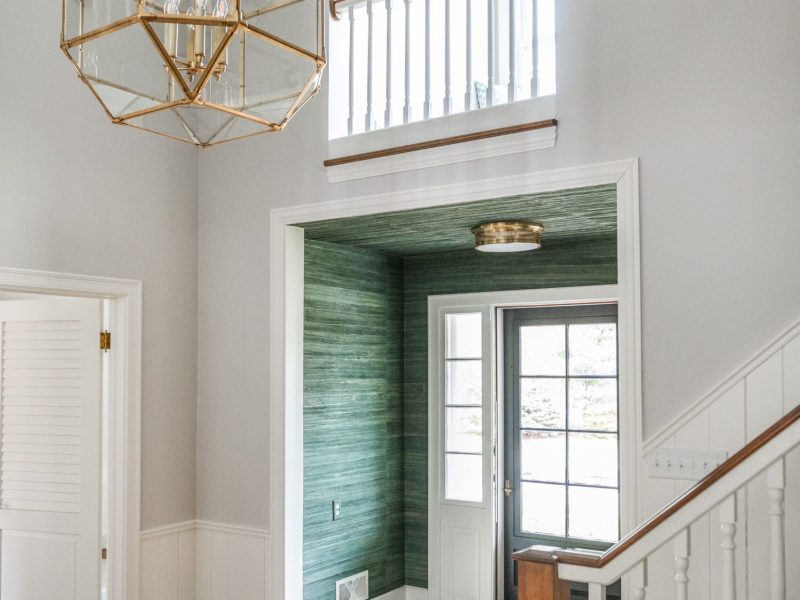

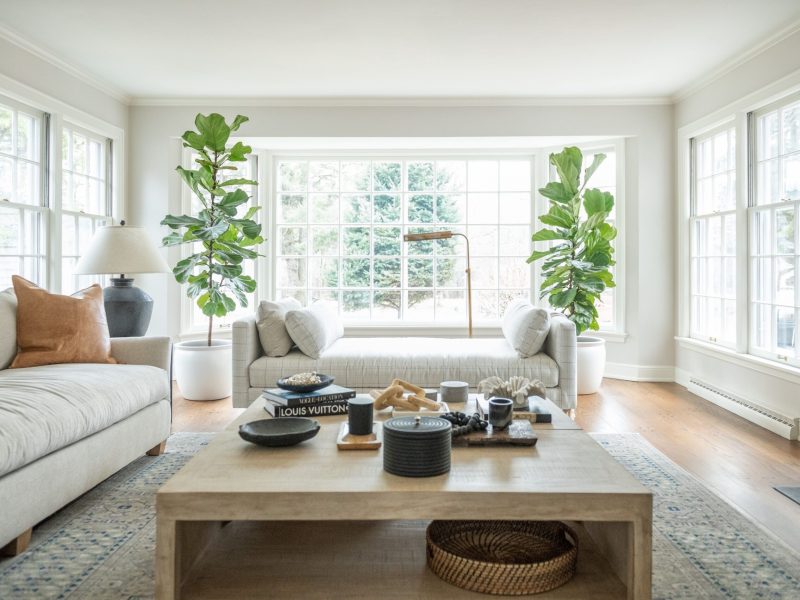


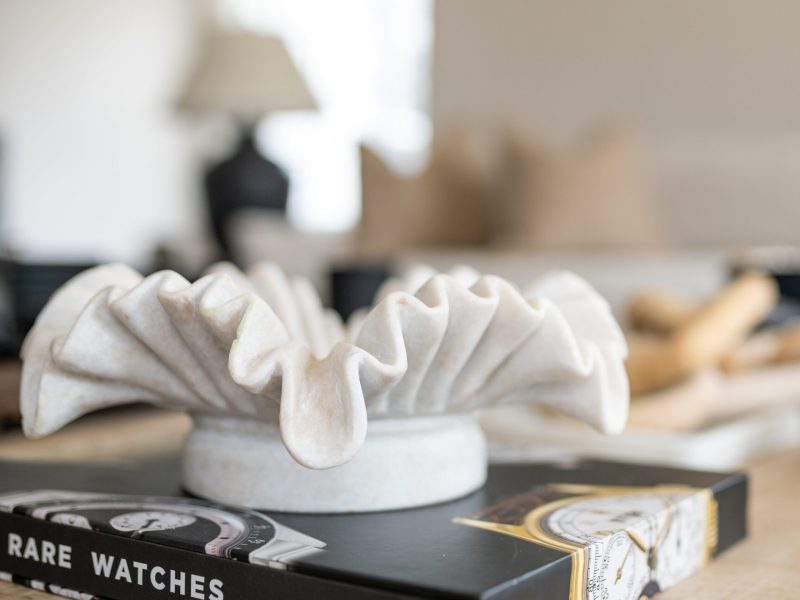
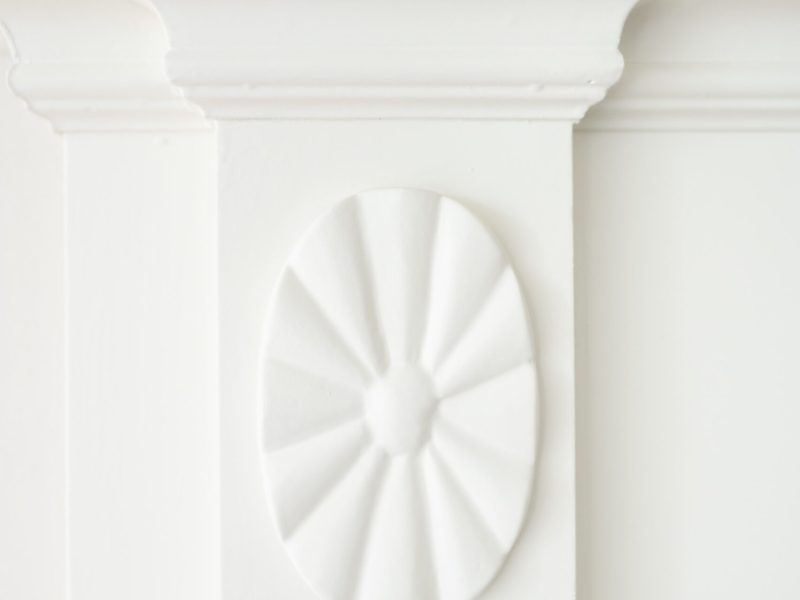


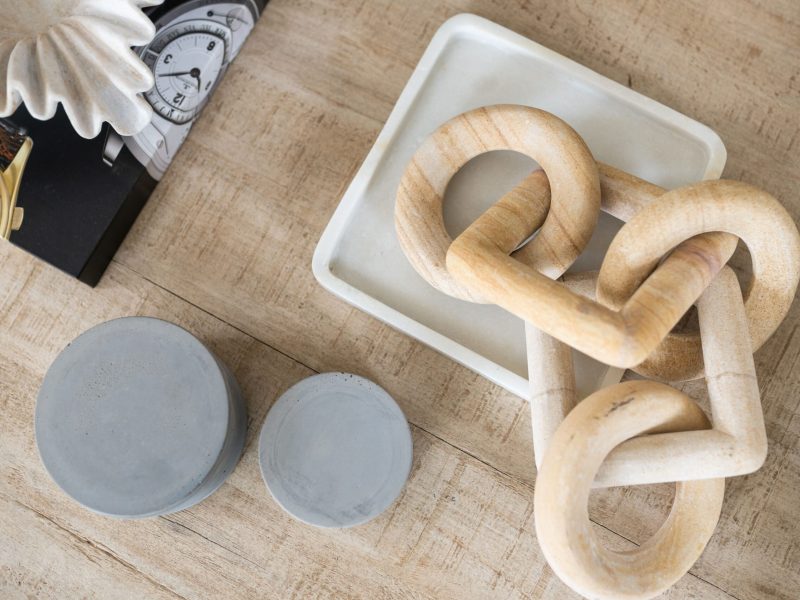

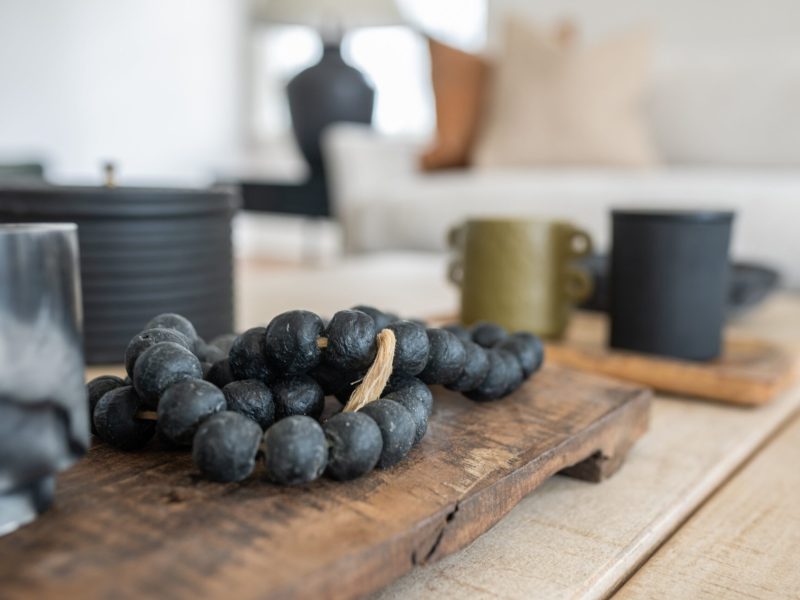
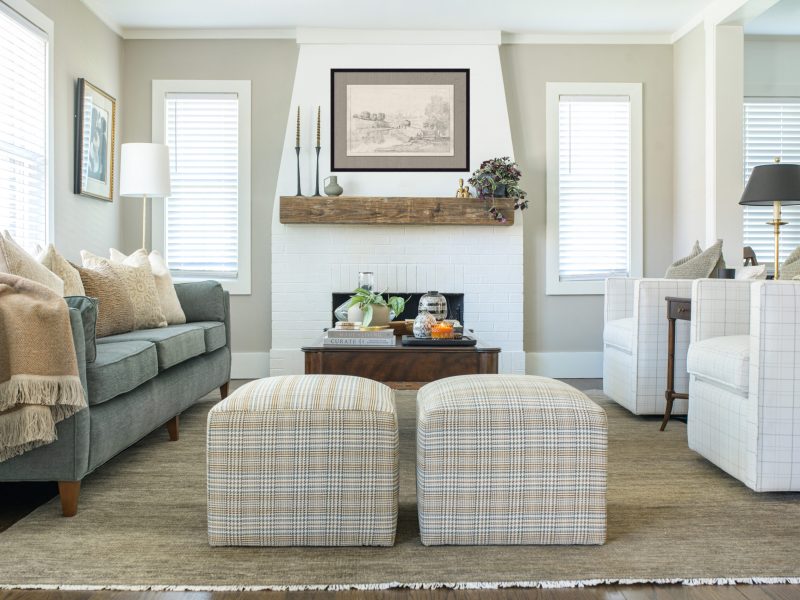


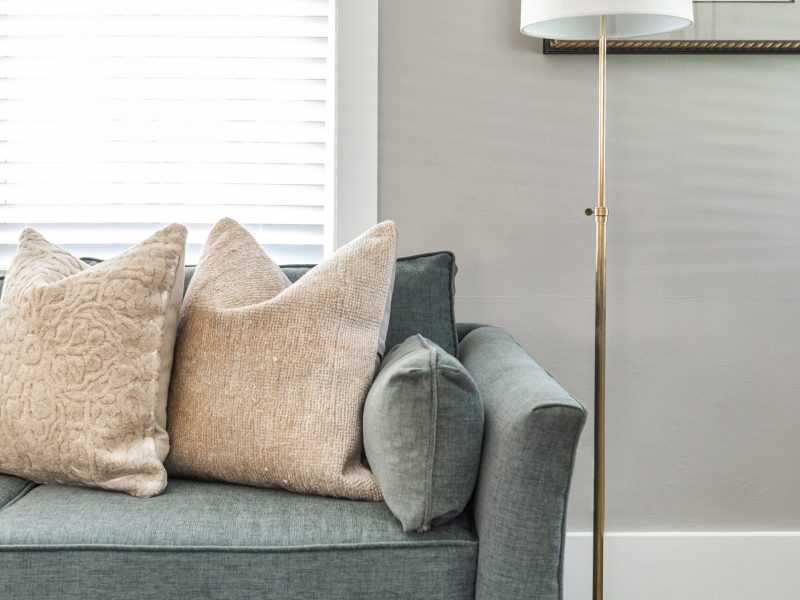



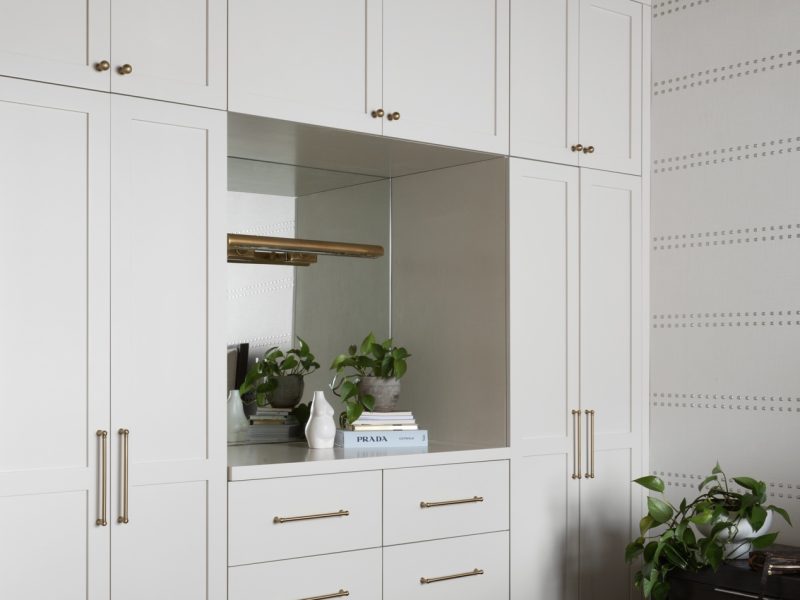

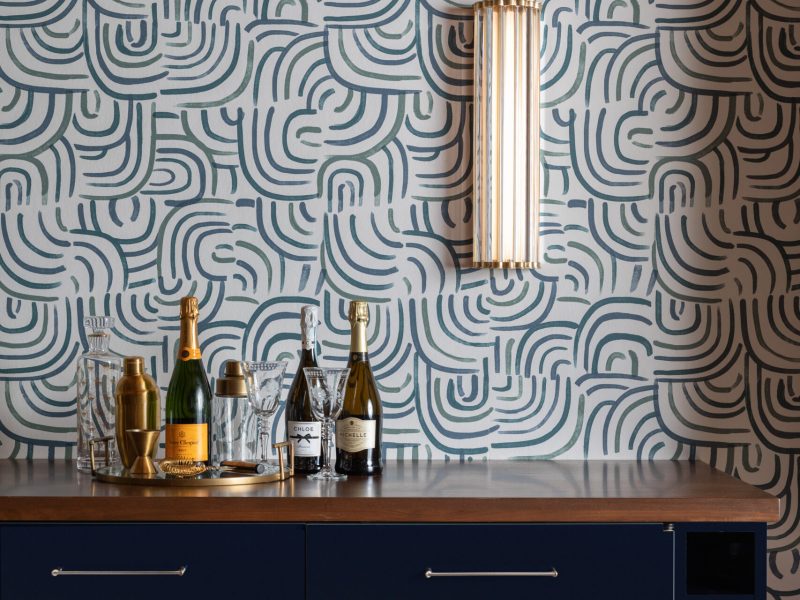

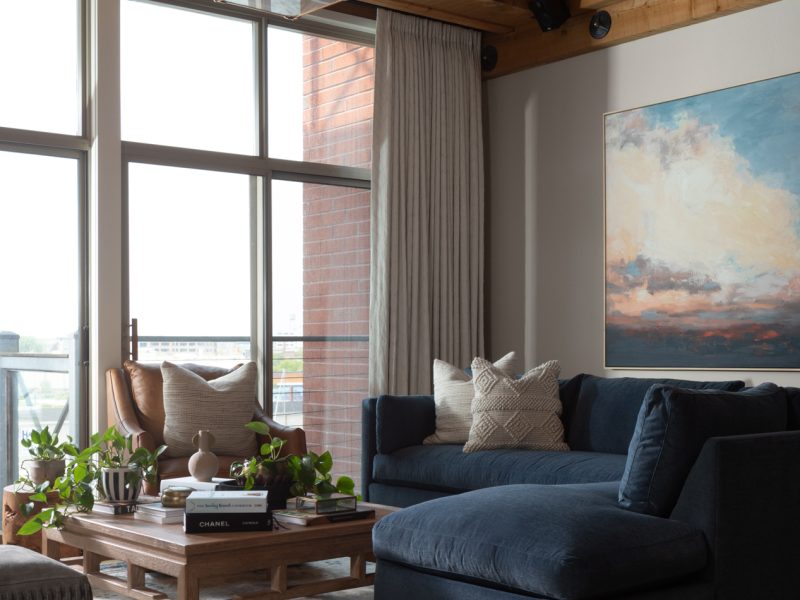
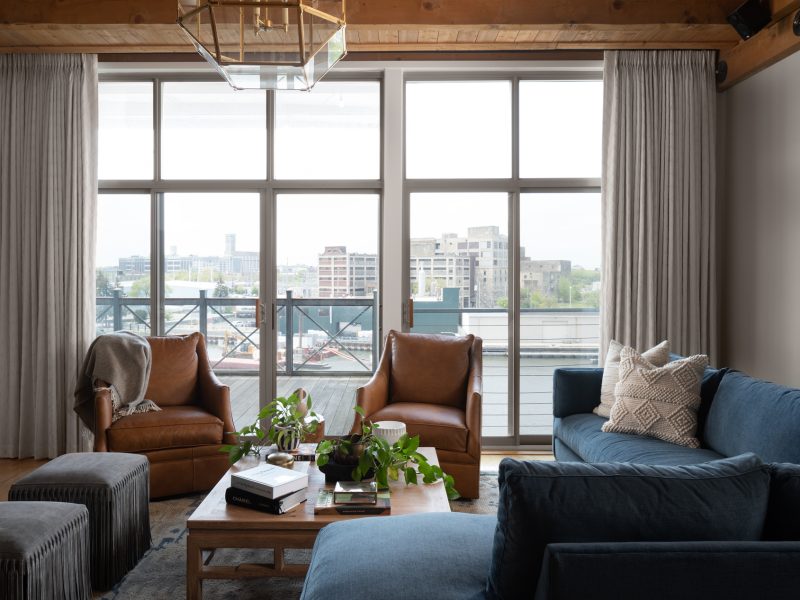
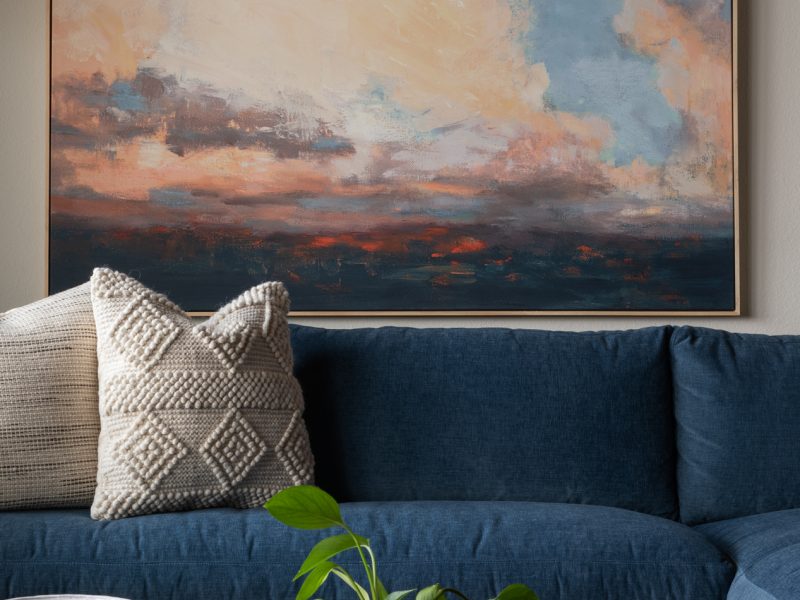


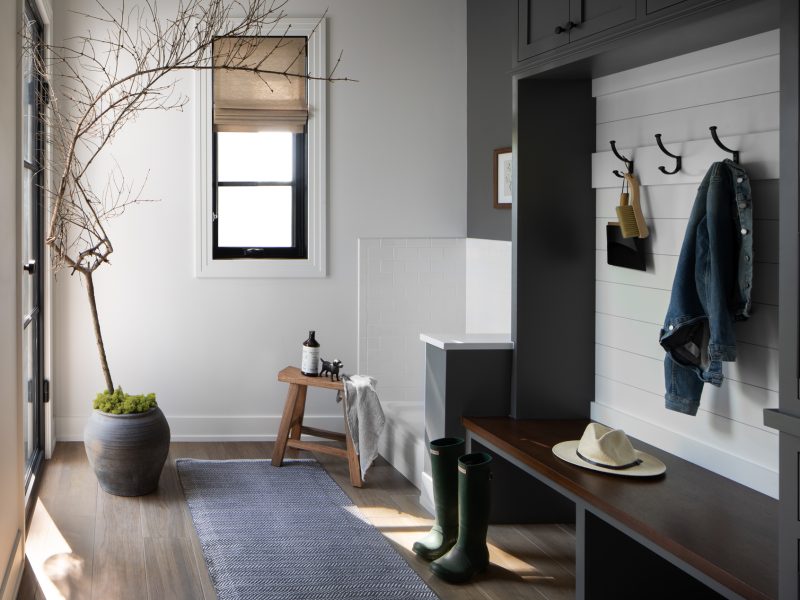

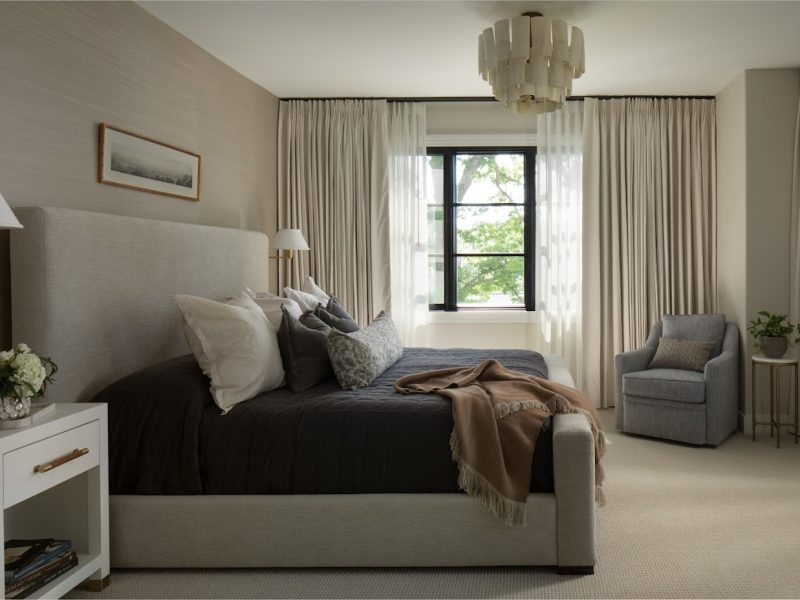
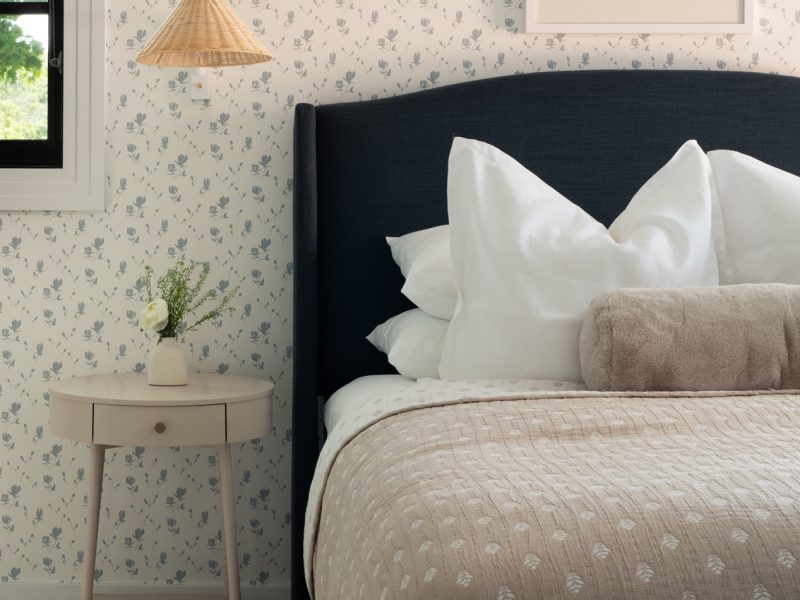


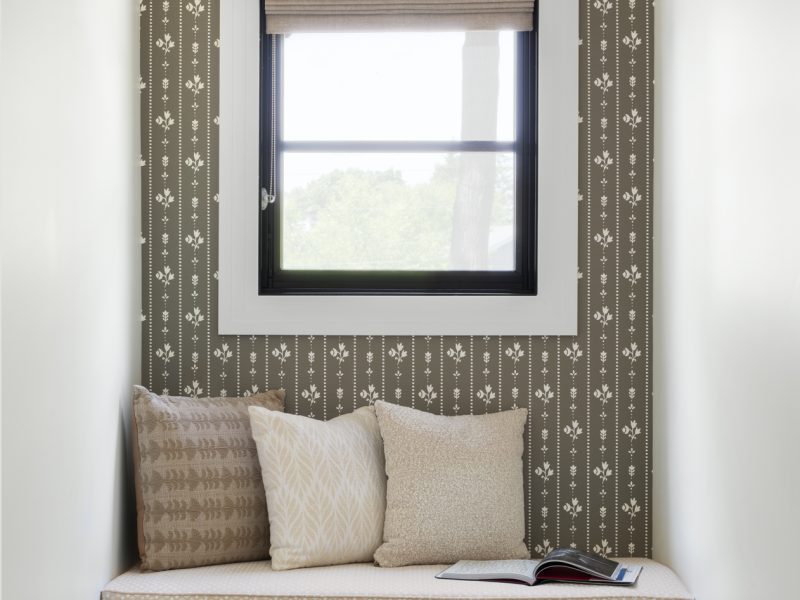

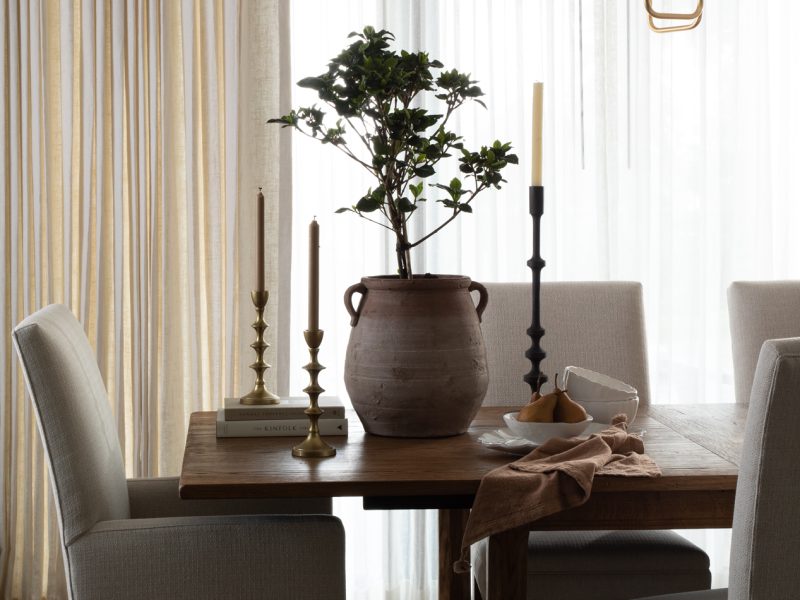
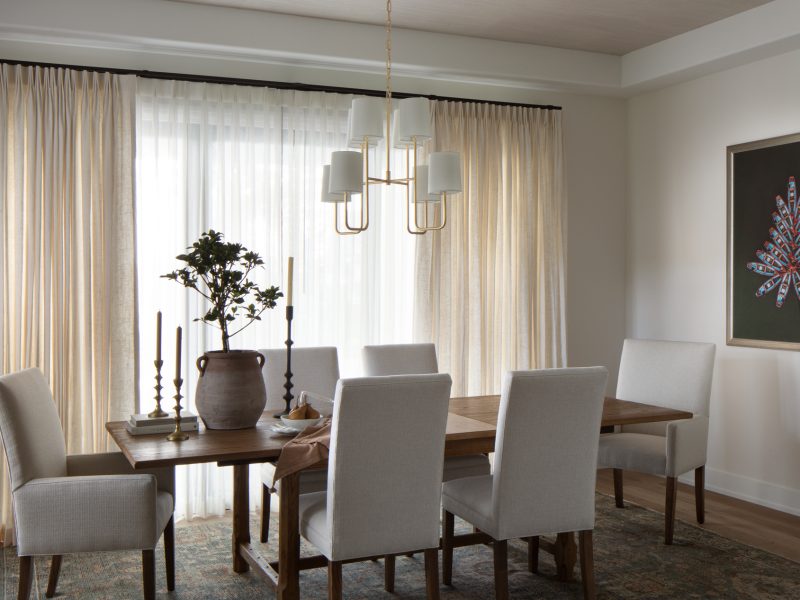

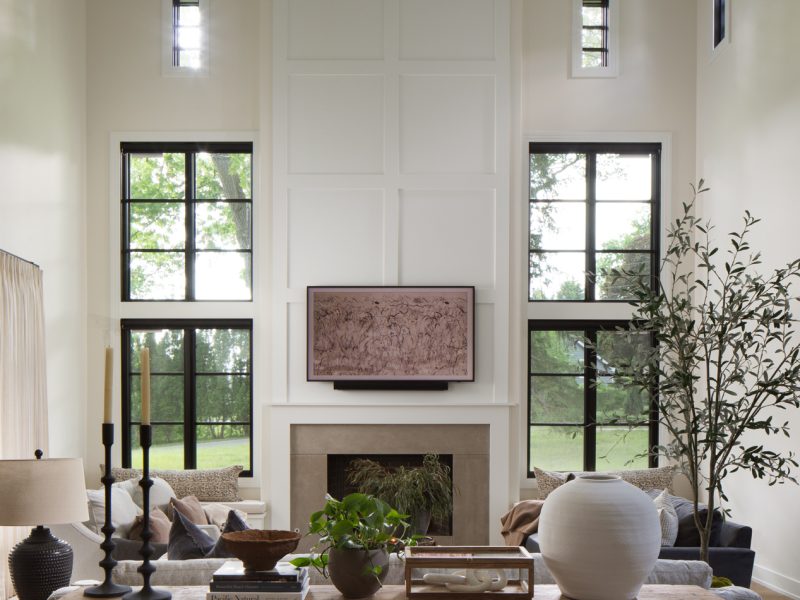


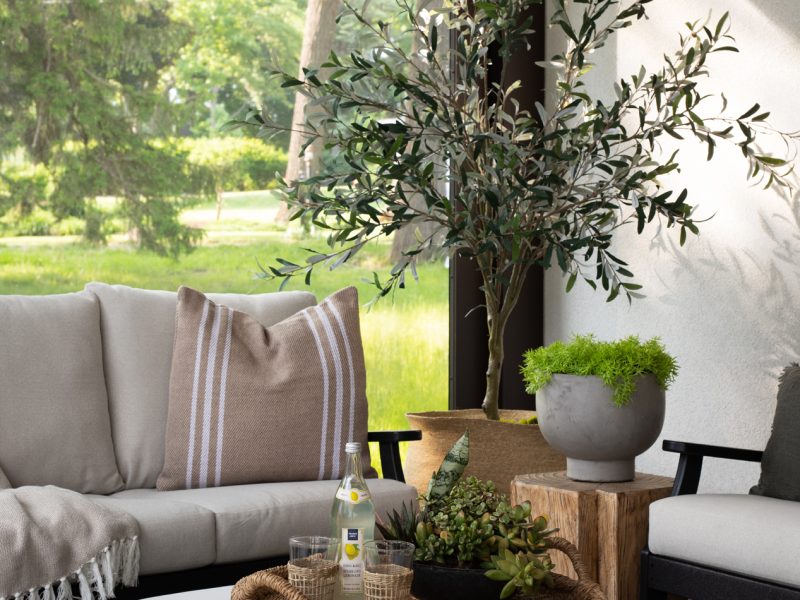
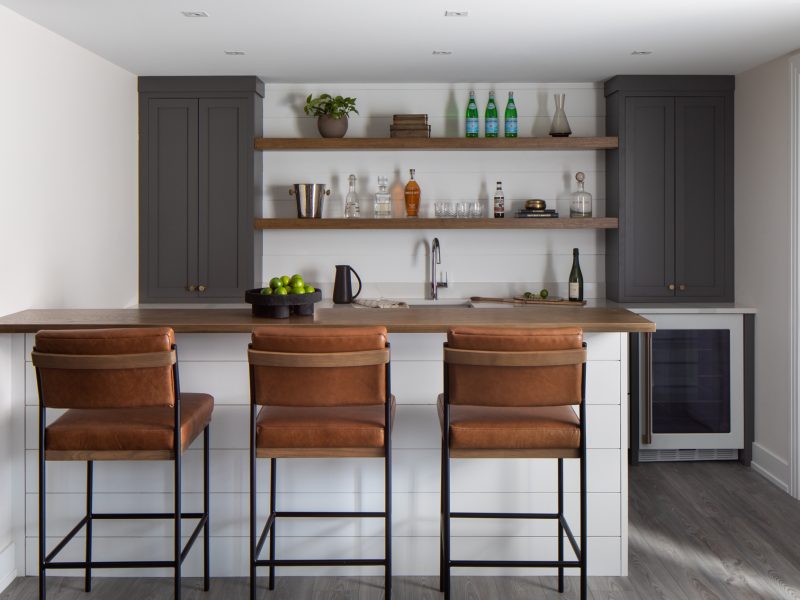



2 Comments
May I send you the pictures of my house I moved in this new Morden open space 55+community my house is 2500 squar ft
My previous house was 4200 sq feet so I moved in with what ever furniture did not sale
Now I do not know we’re to start and even afraid of choosing the back splash
If you can help would be greatly appreciate
Usha
Hi Usha, you can submit a contact form on our Interior Design services page!
Comments are closed.